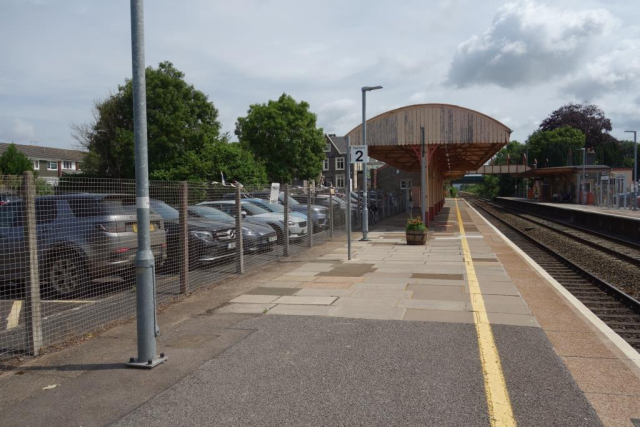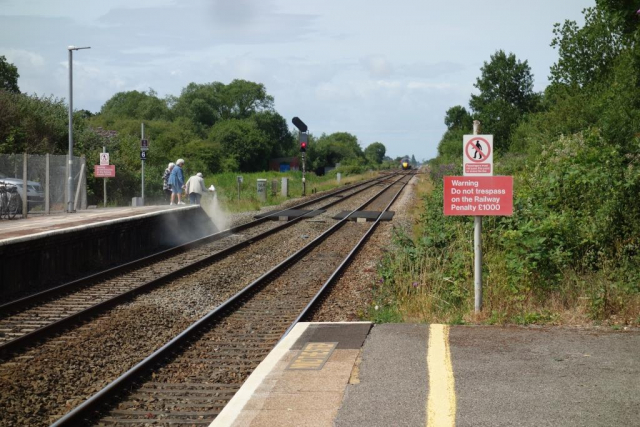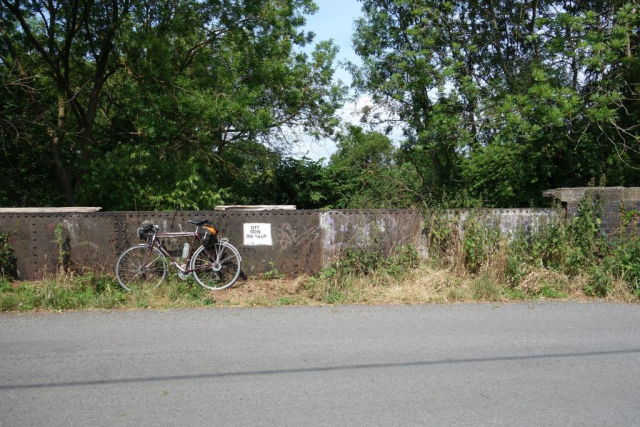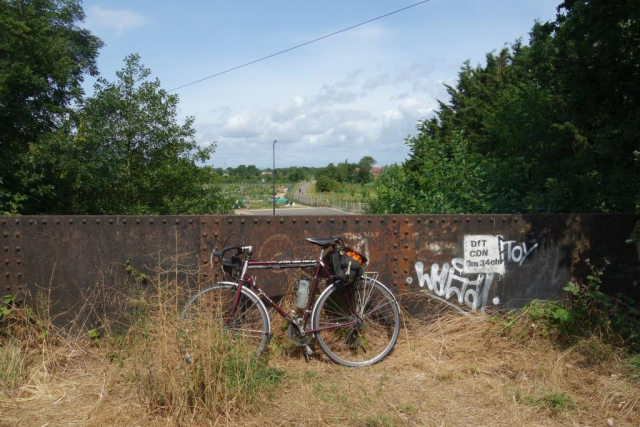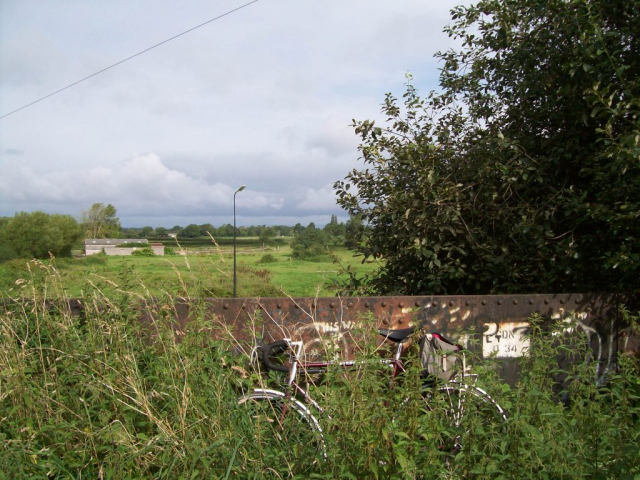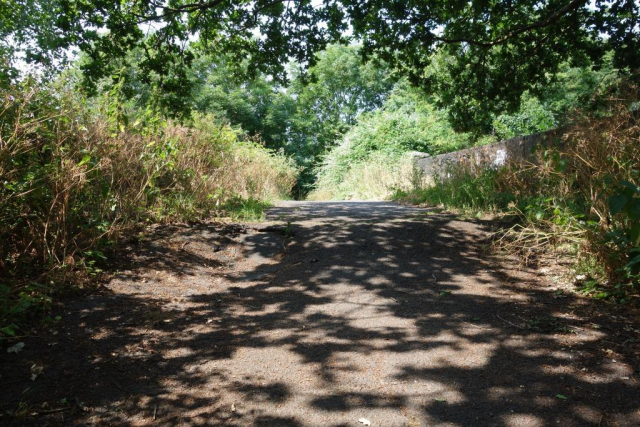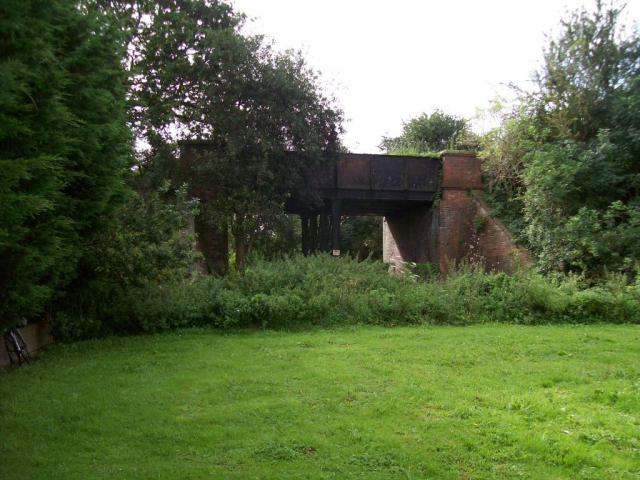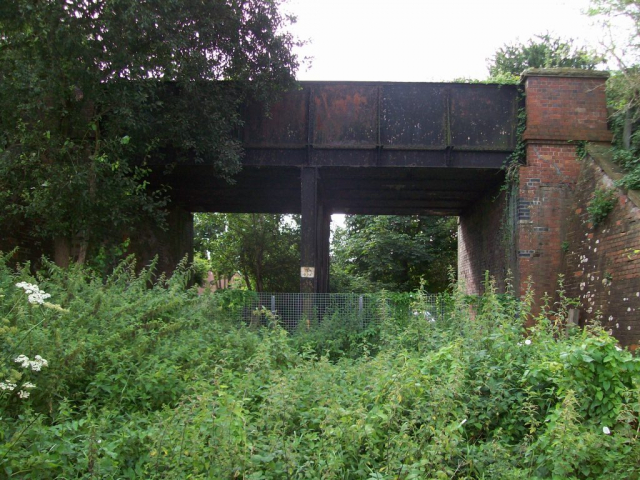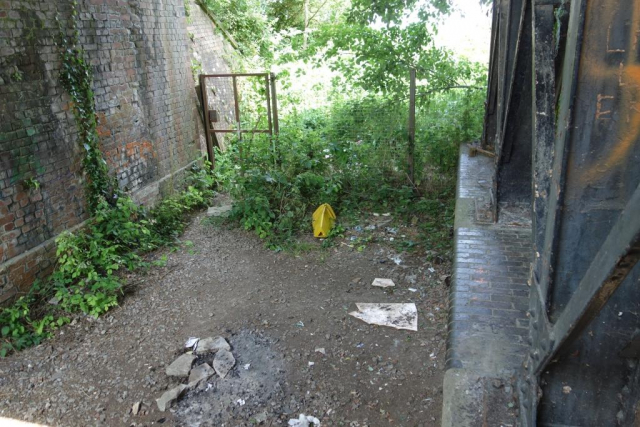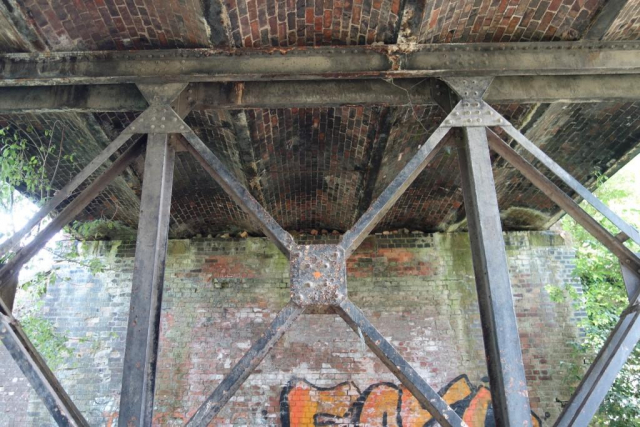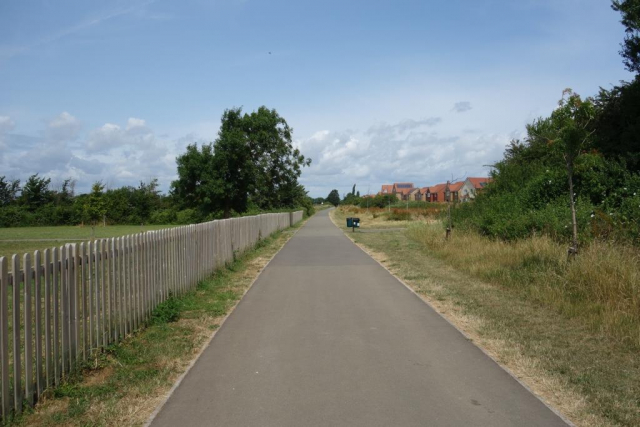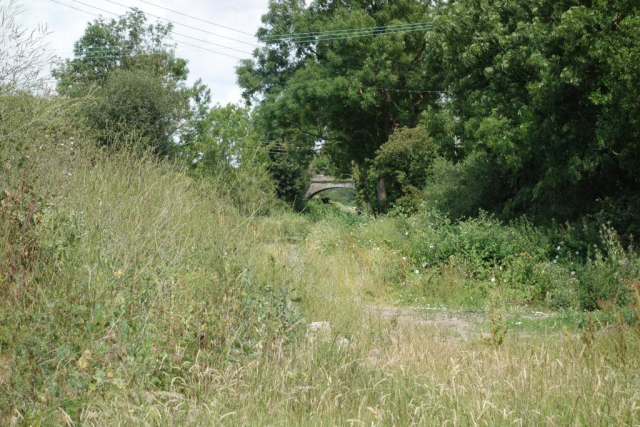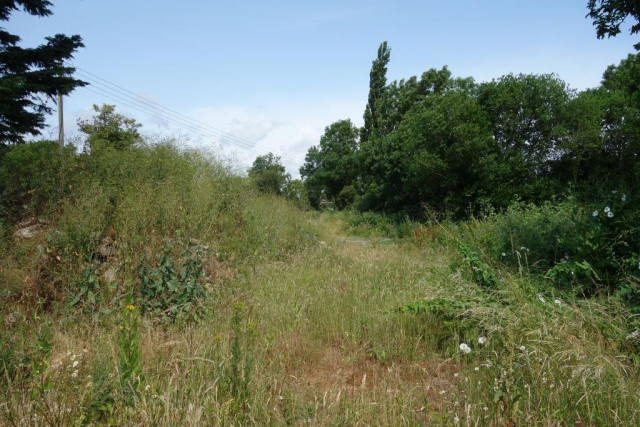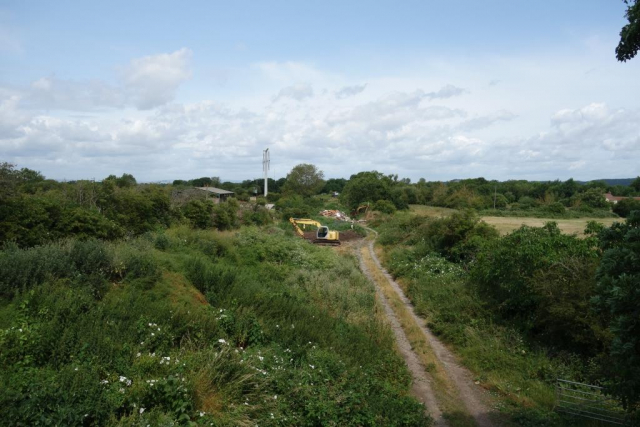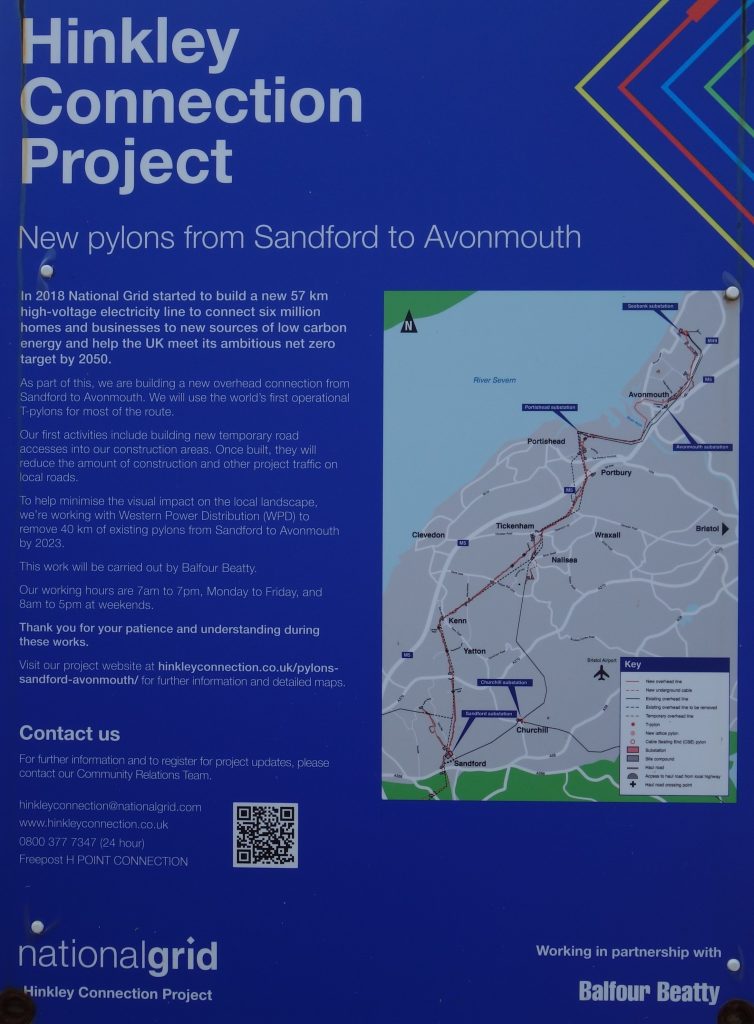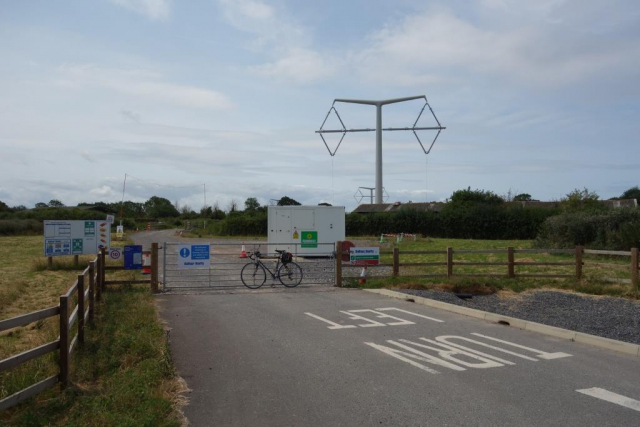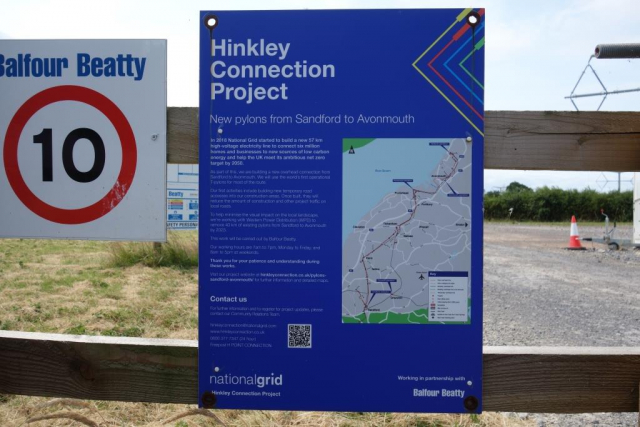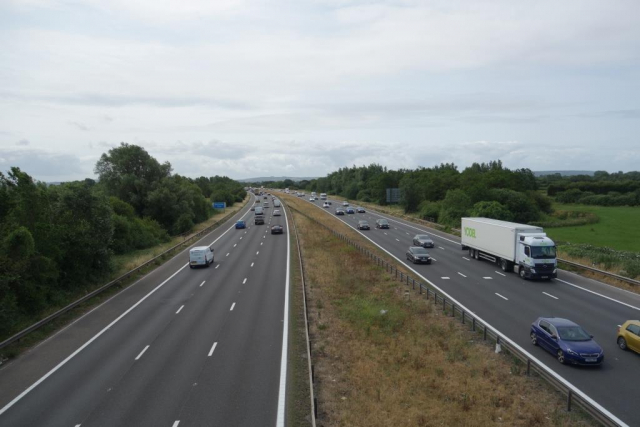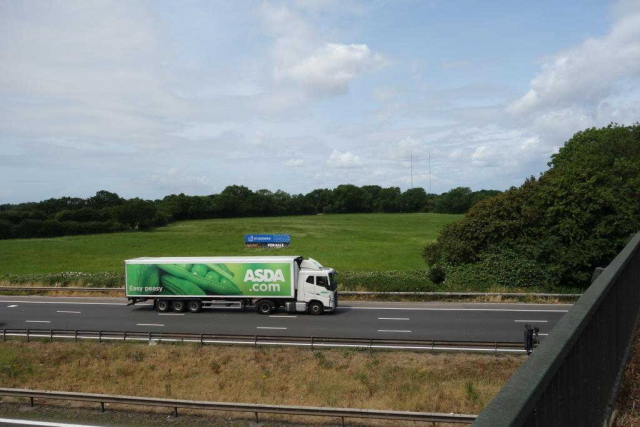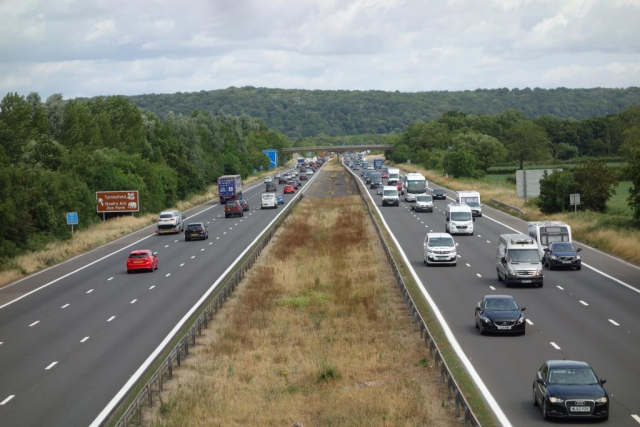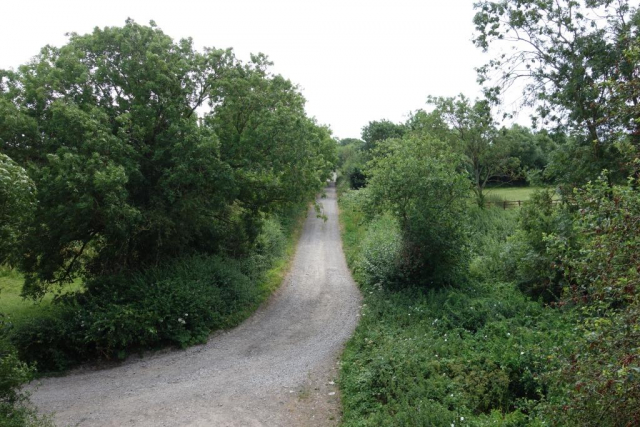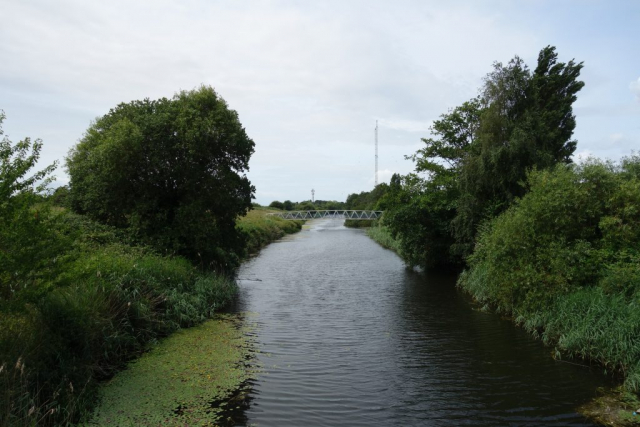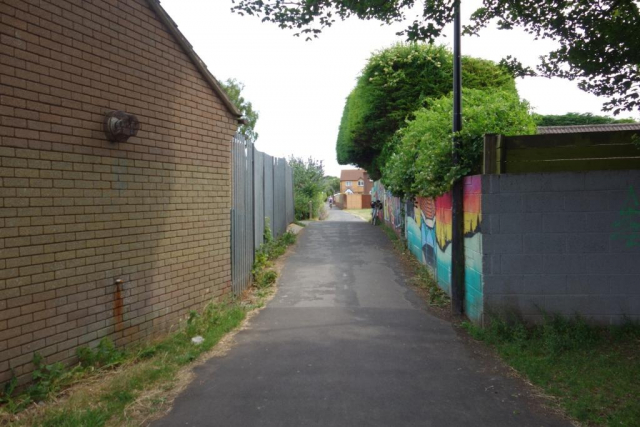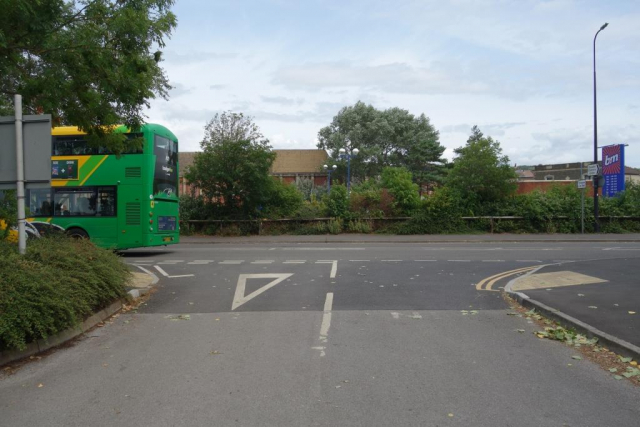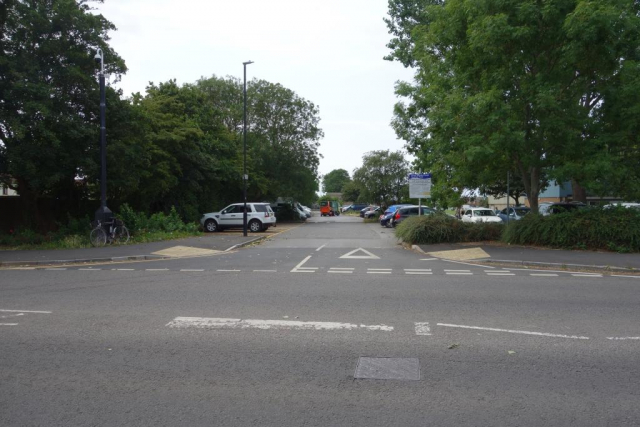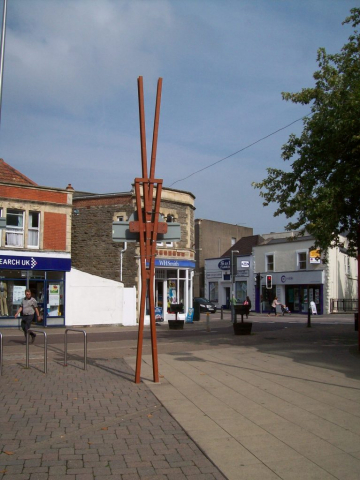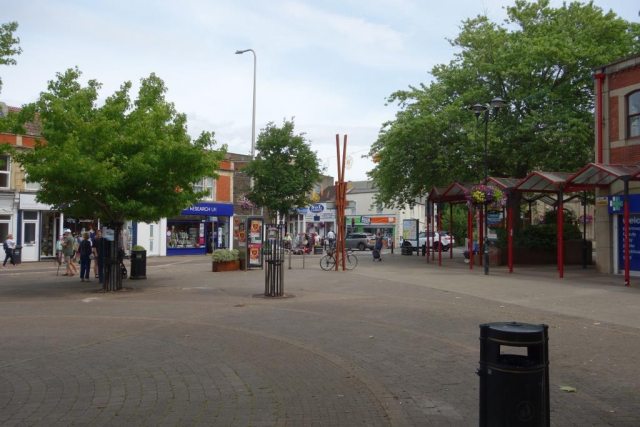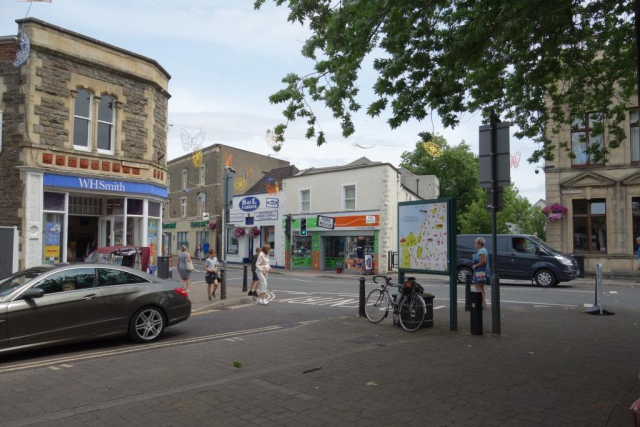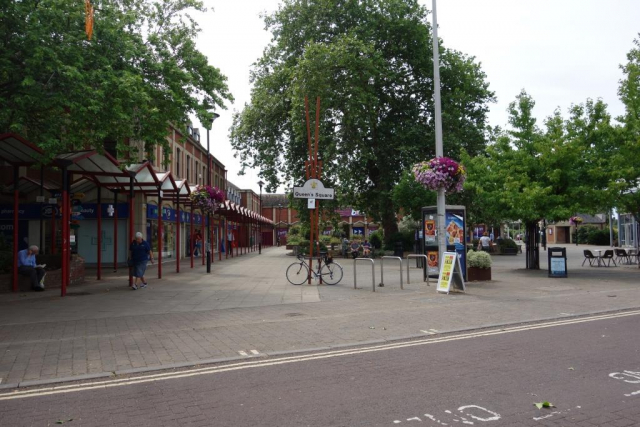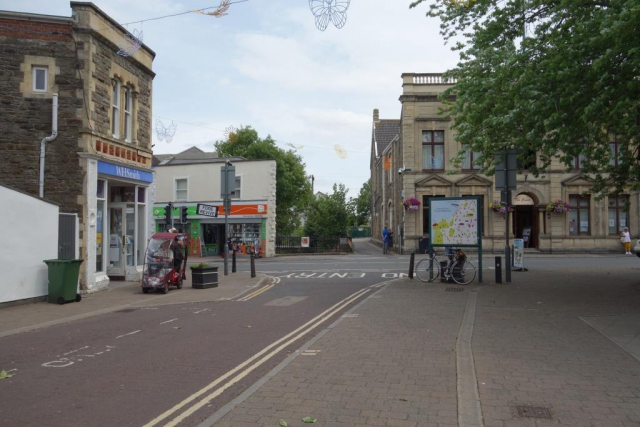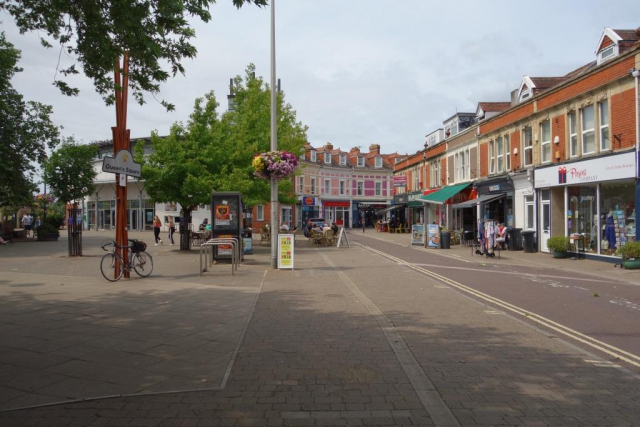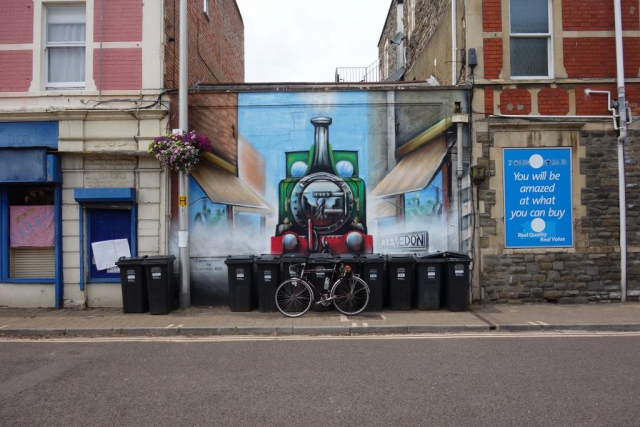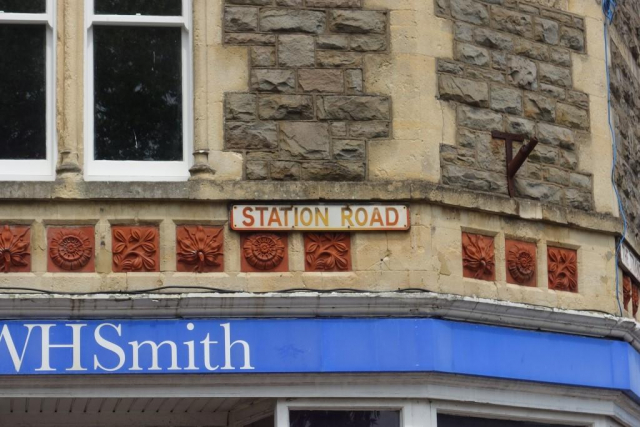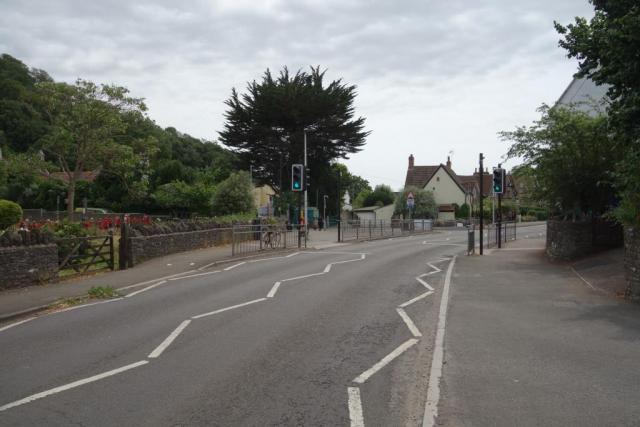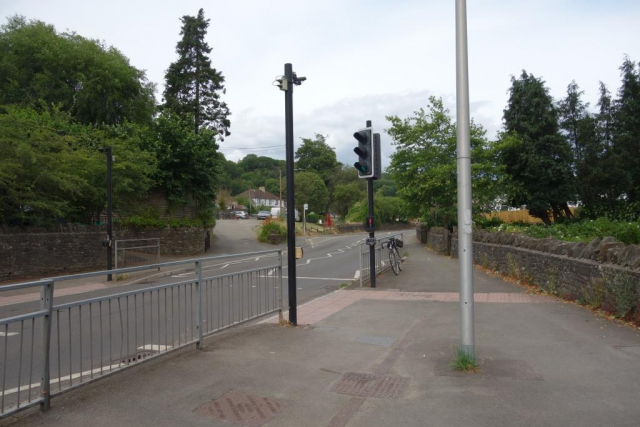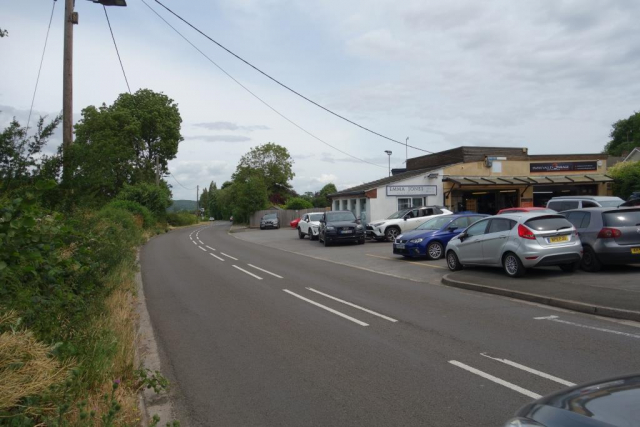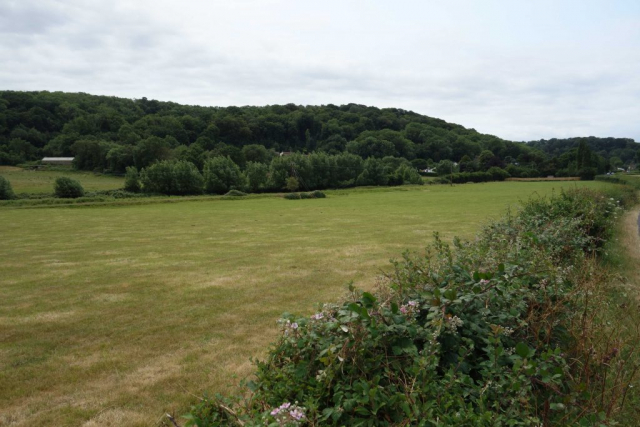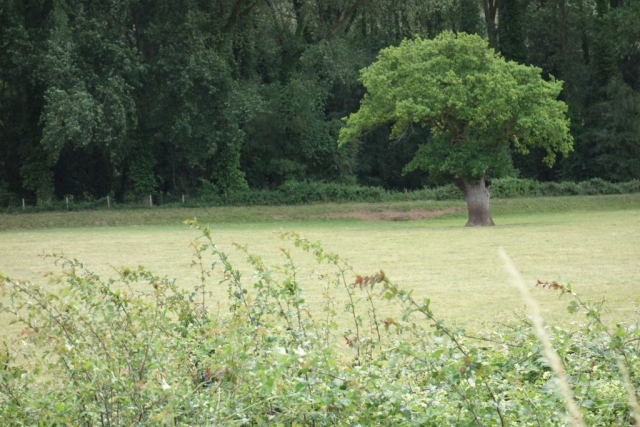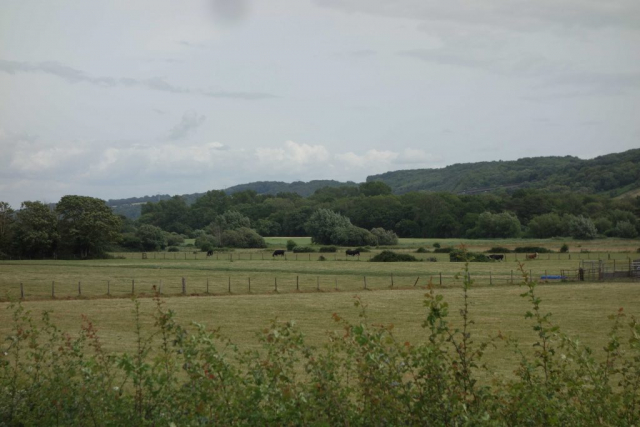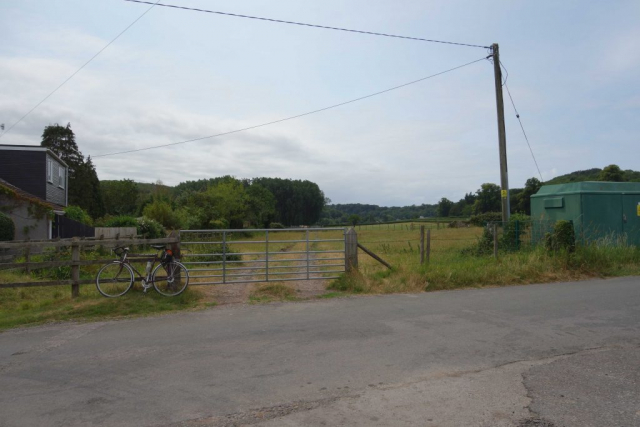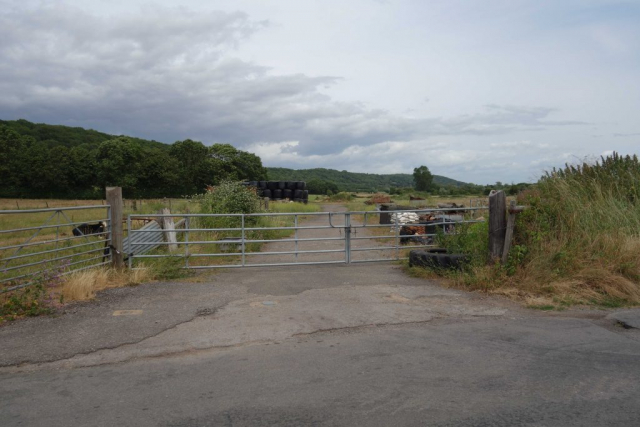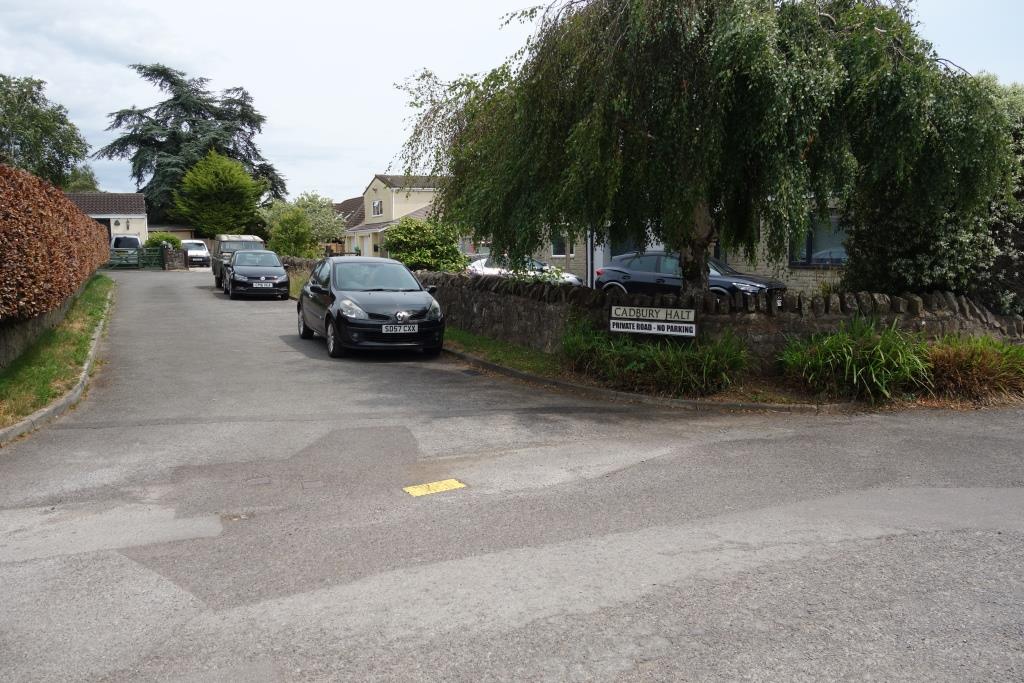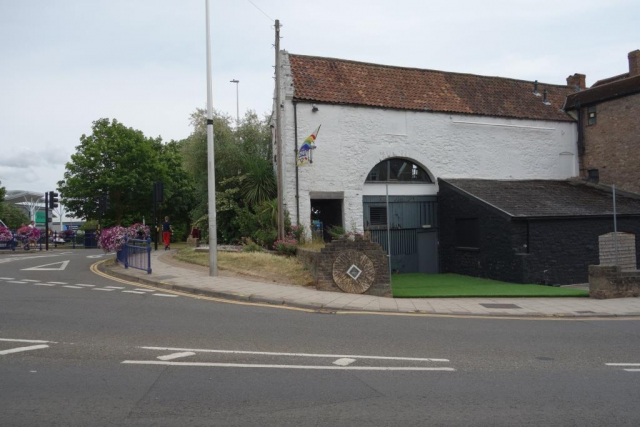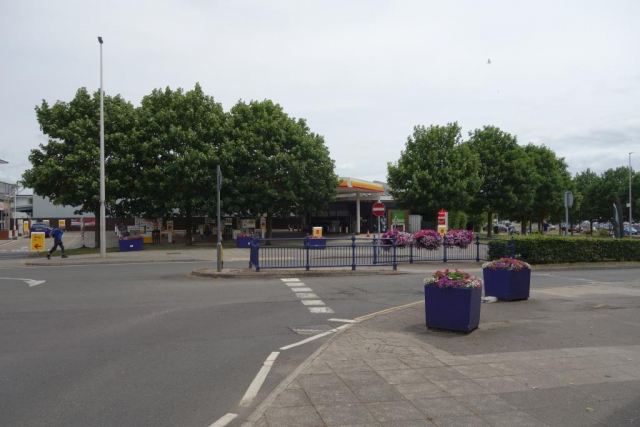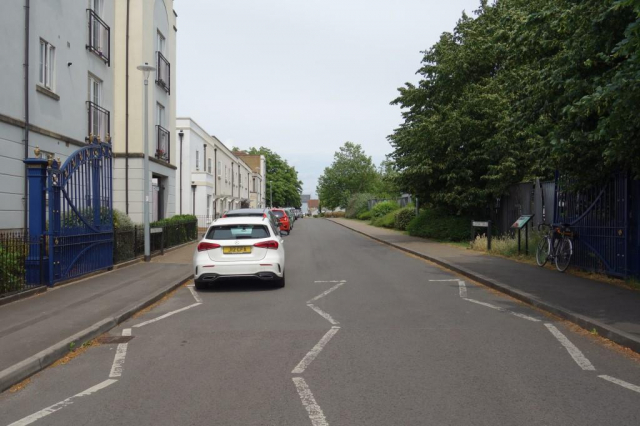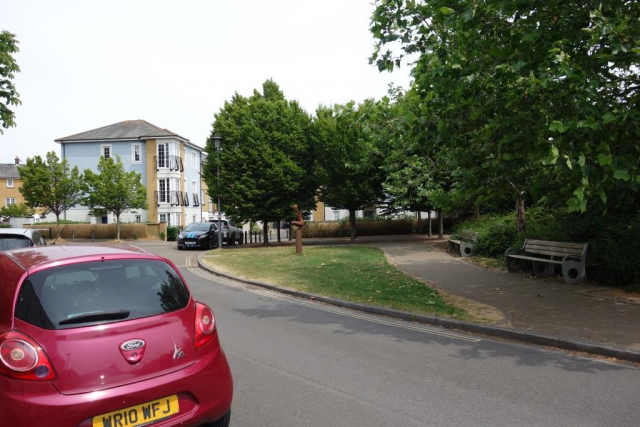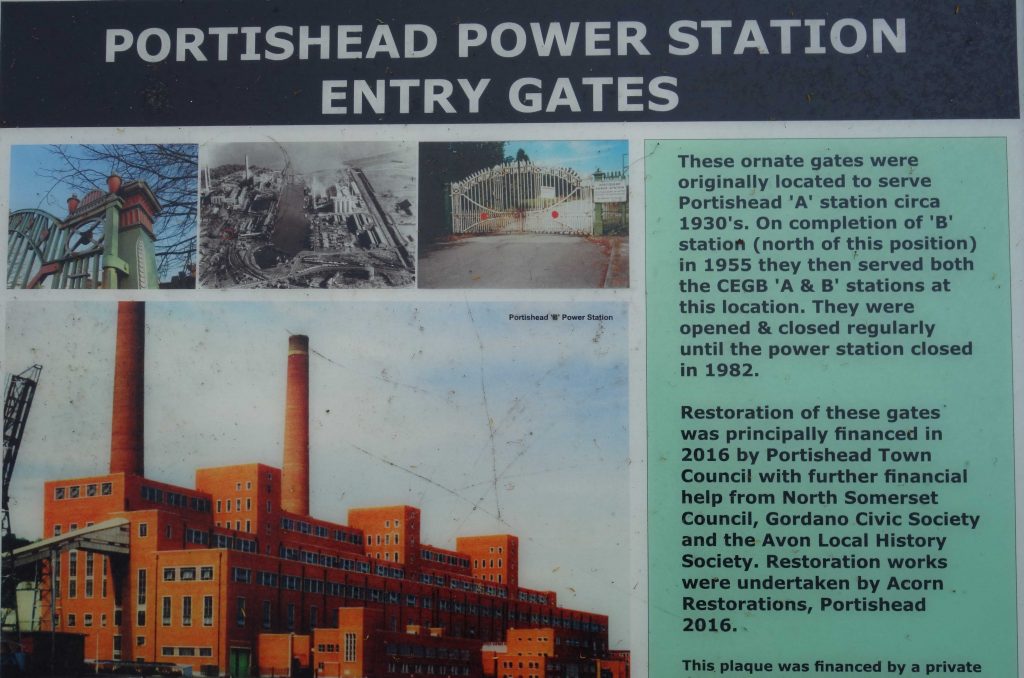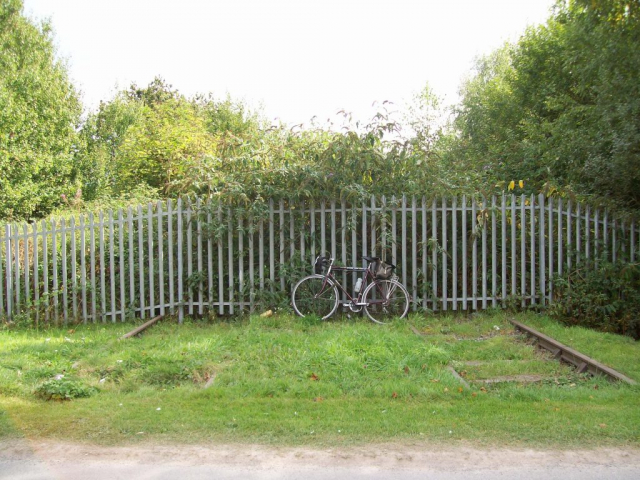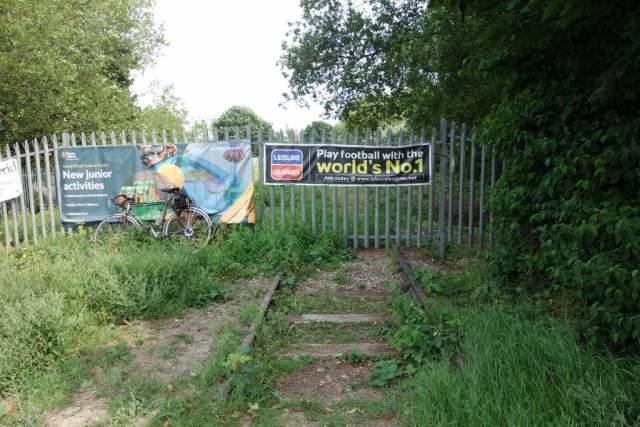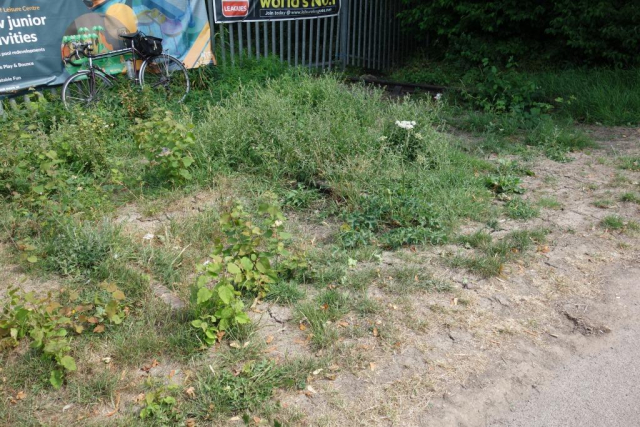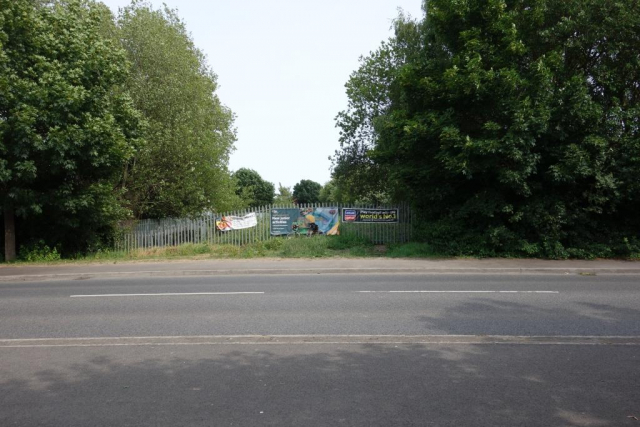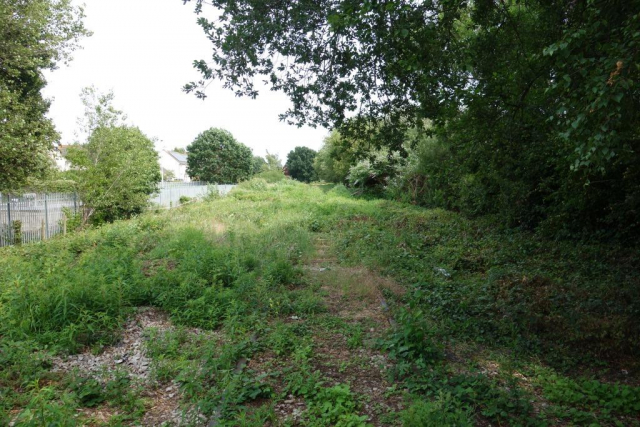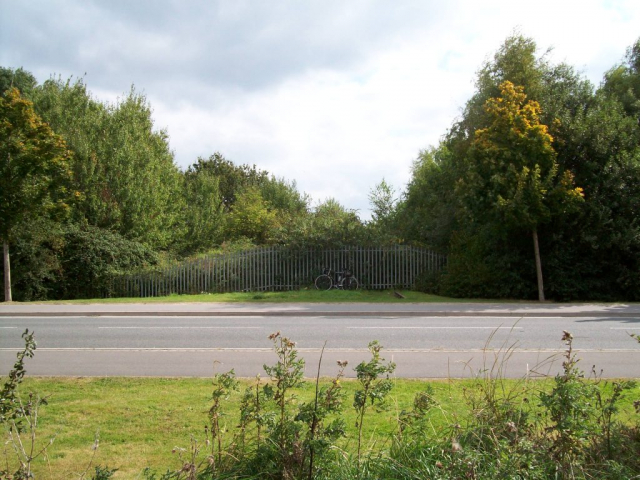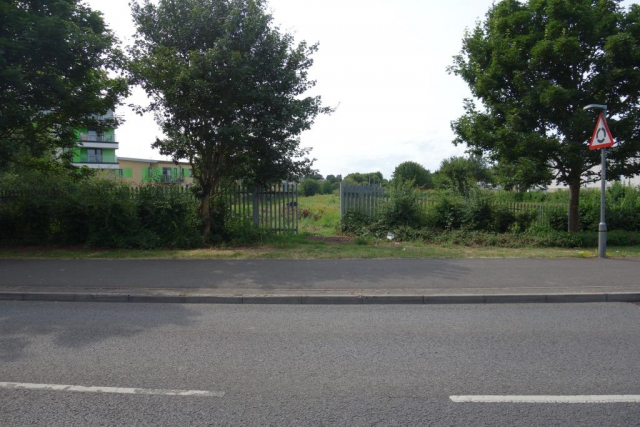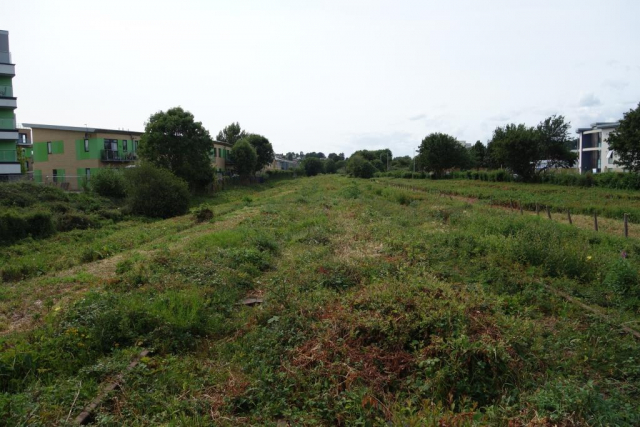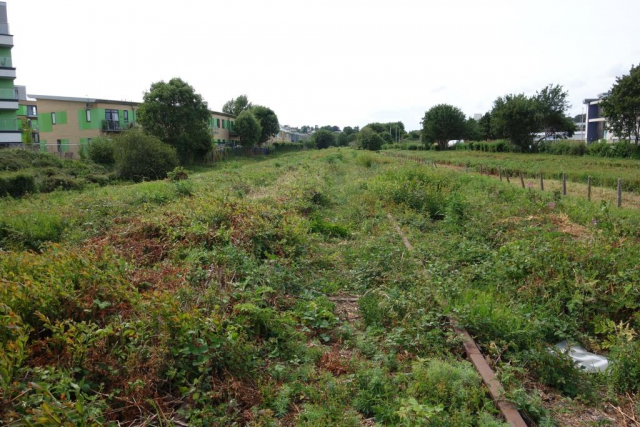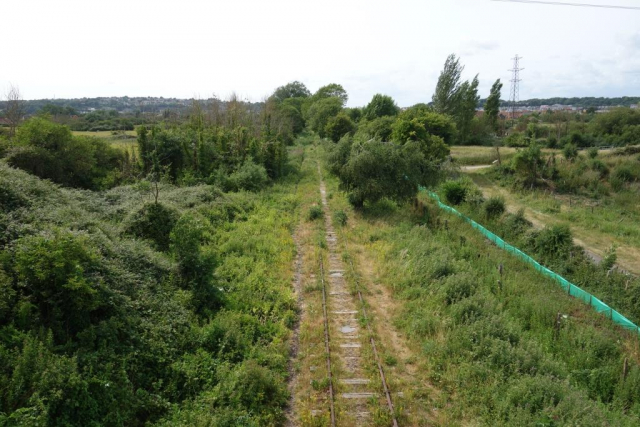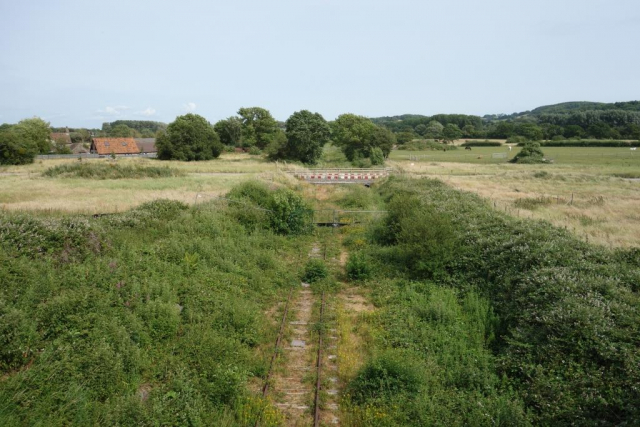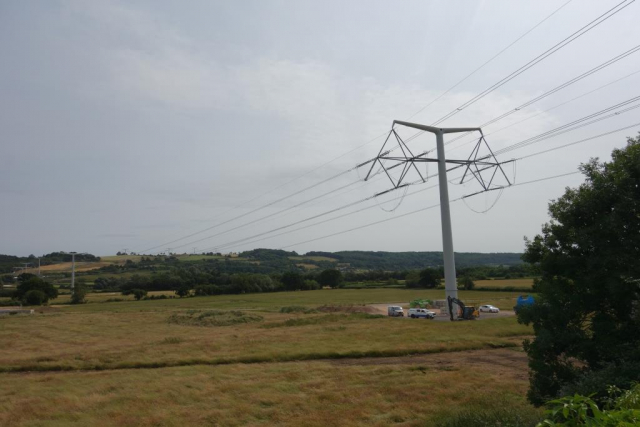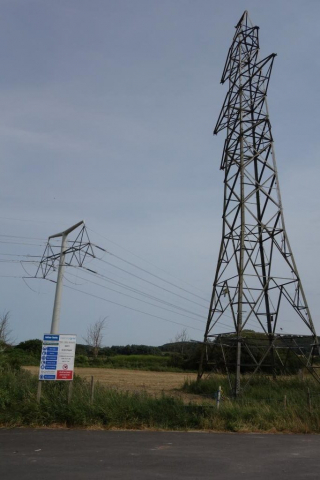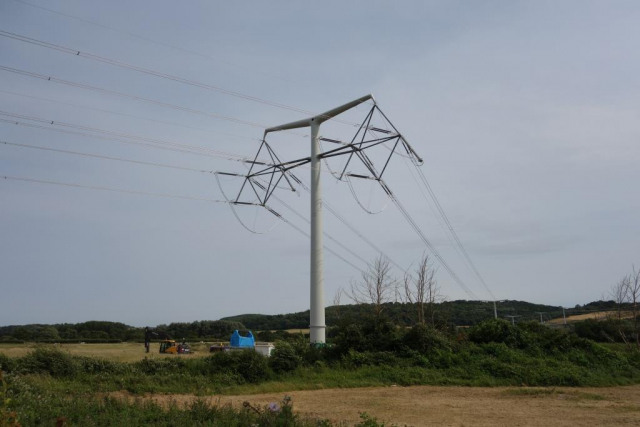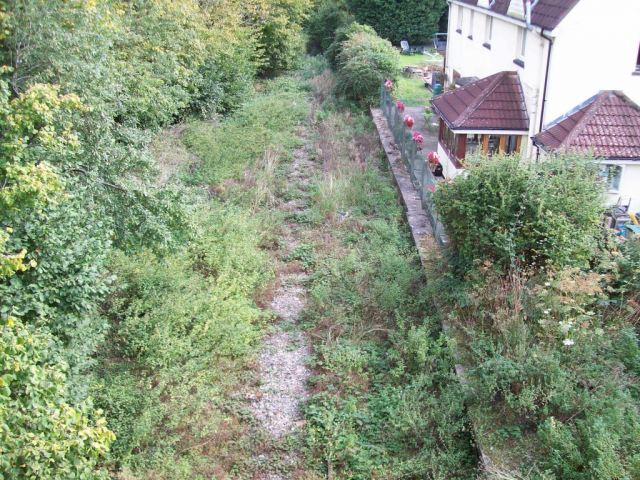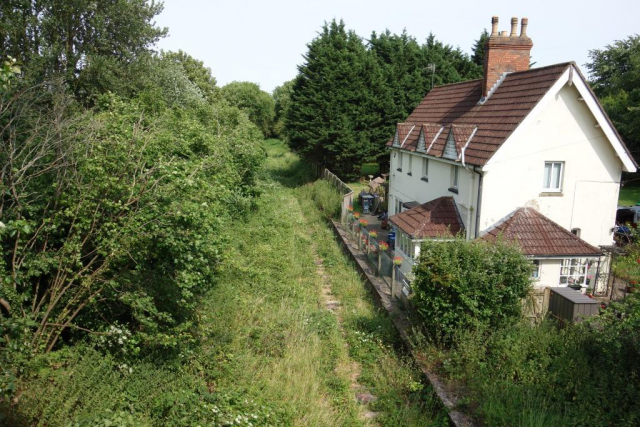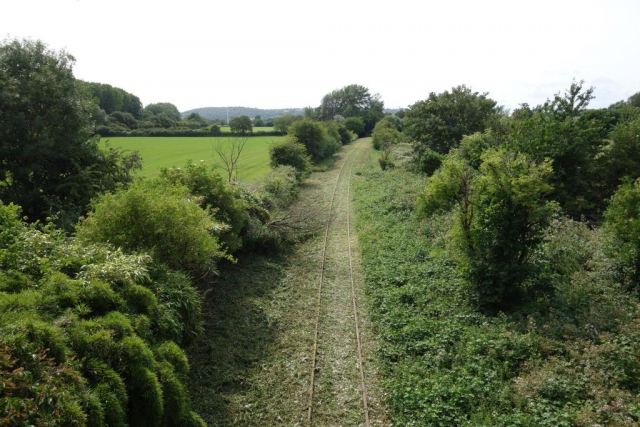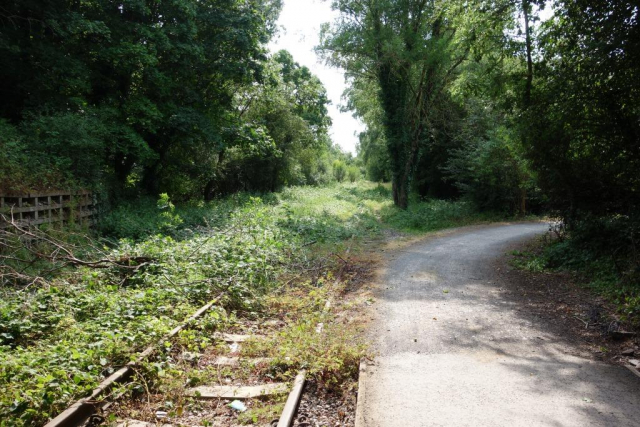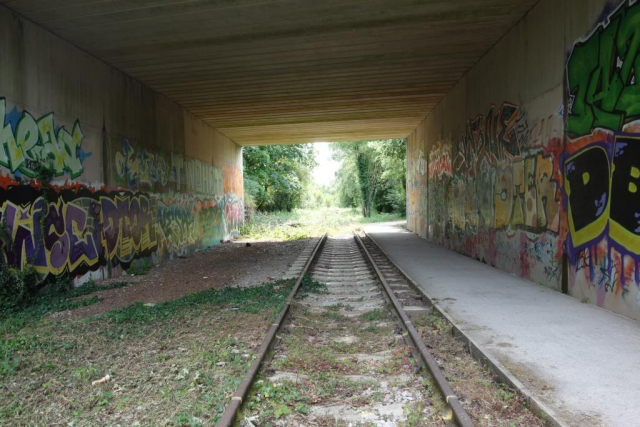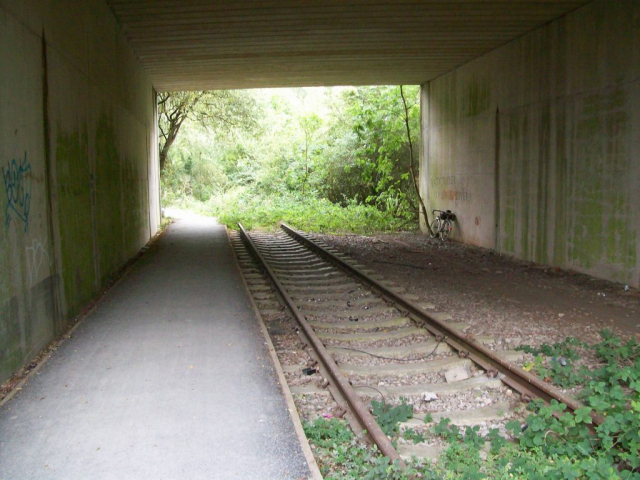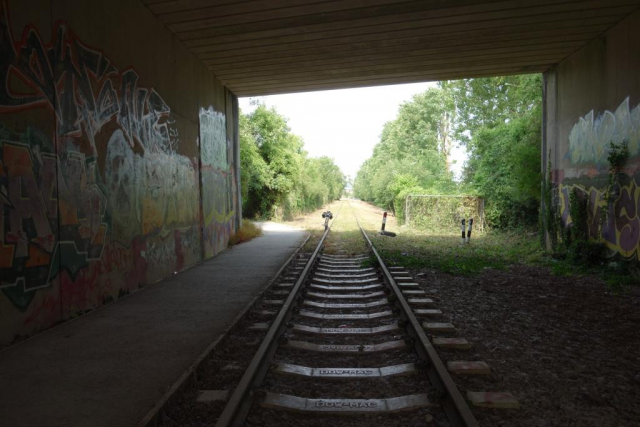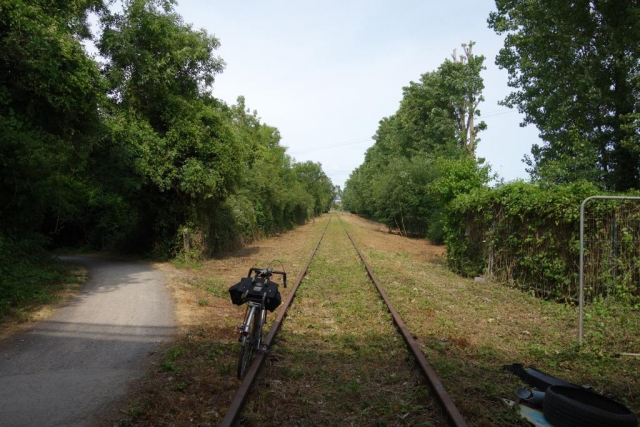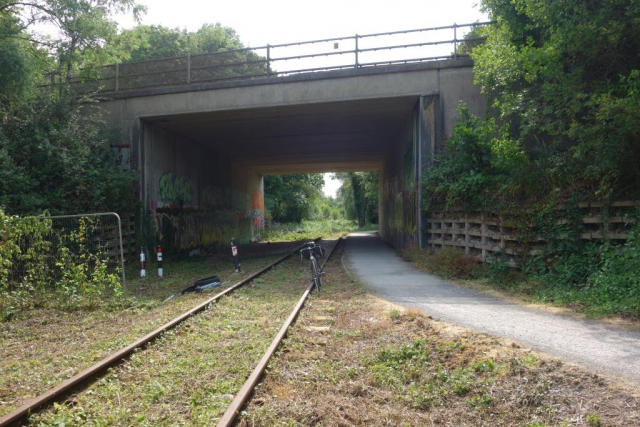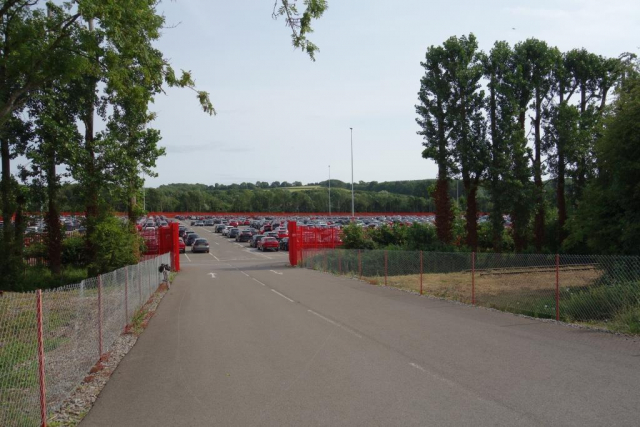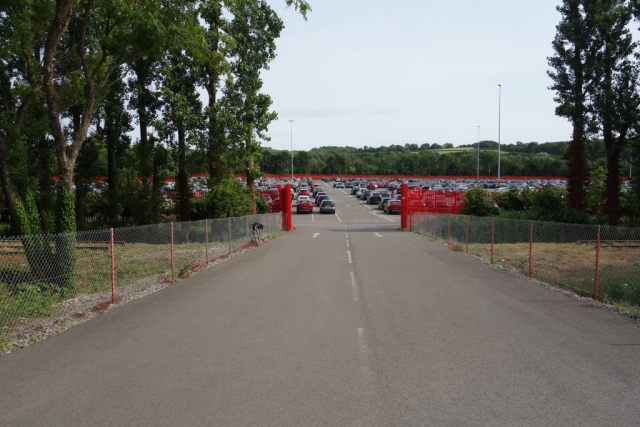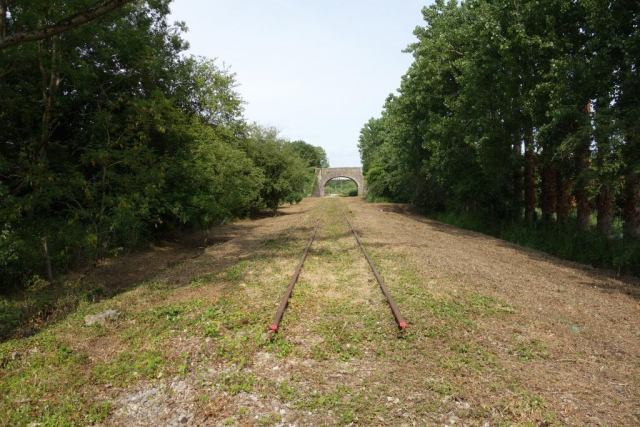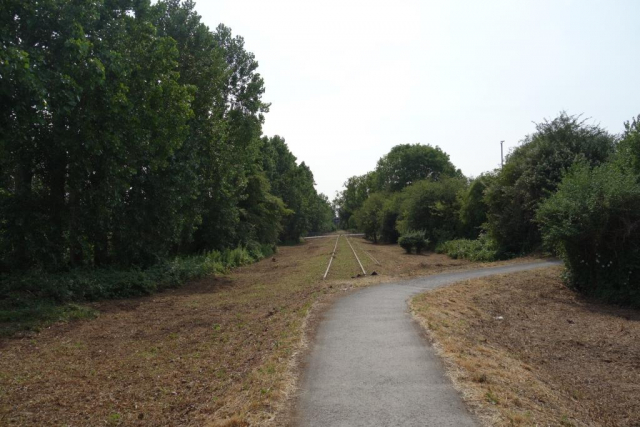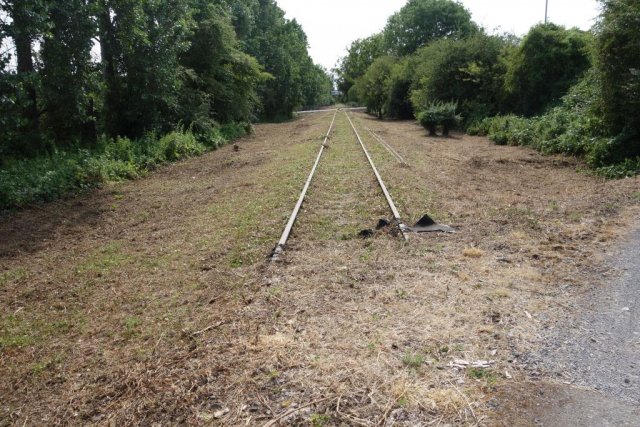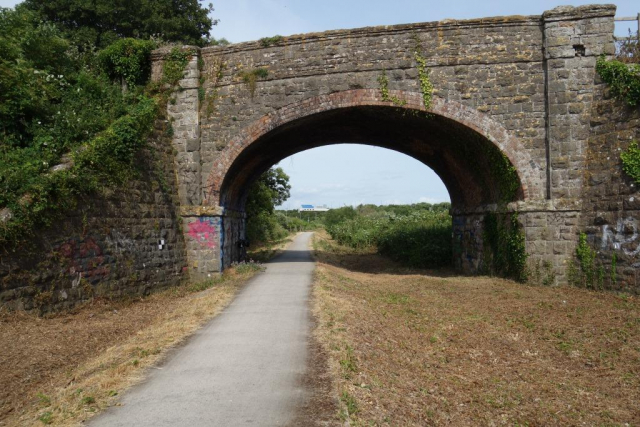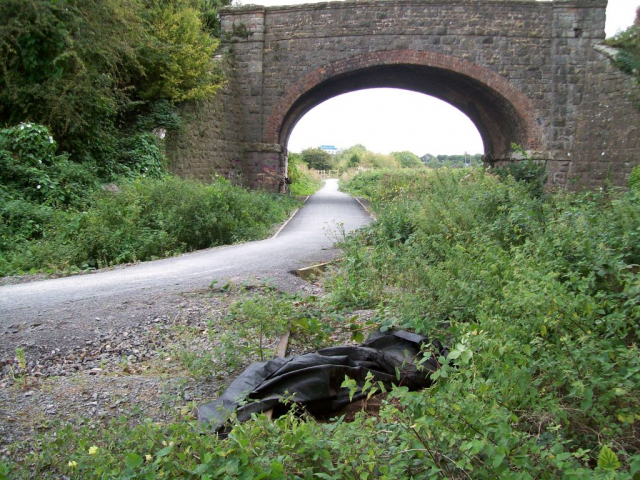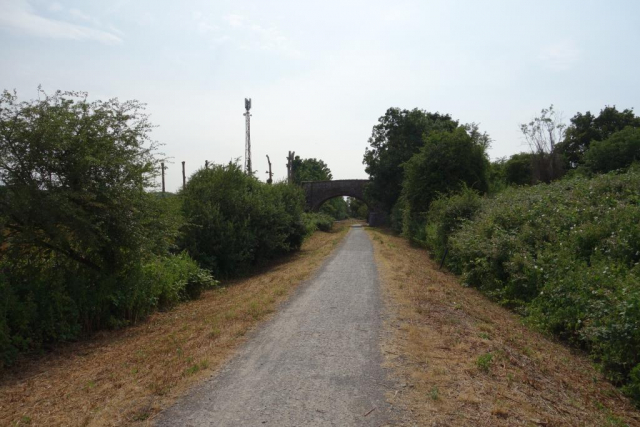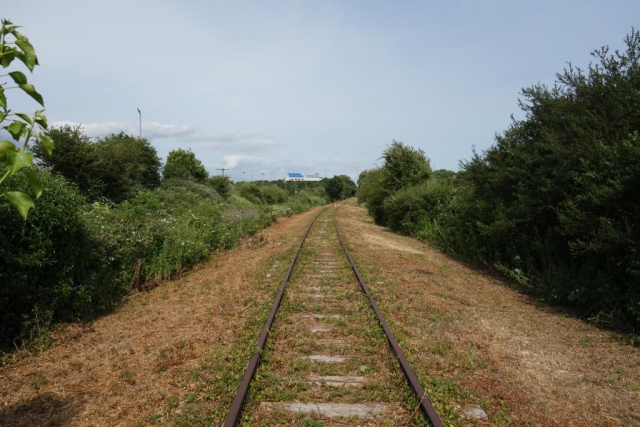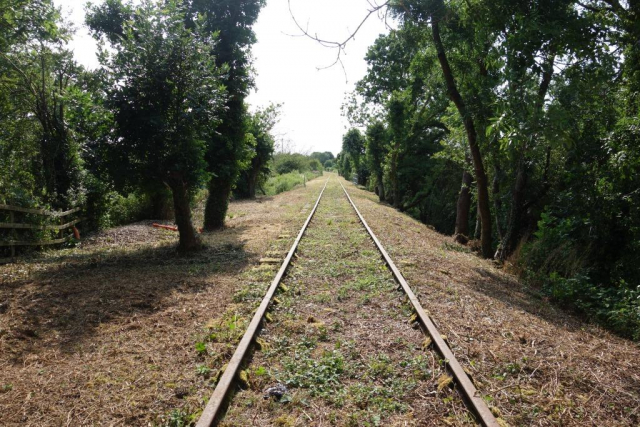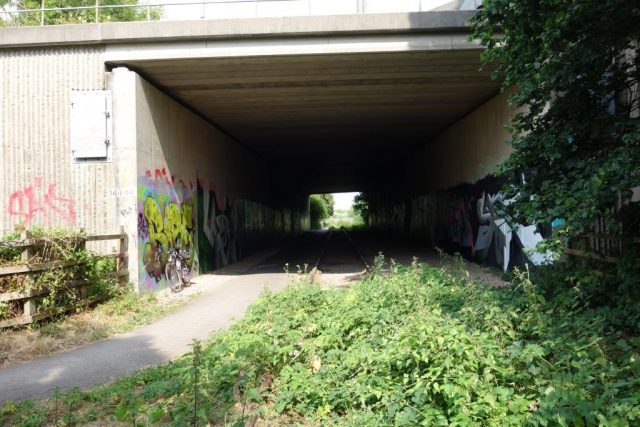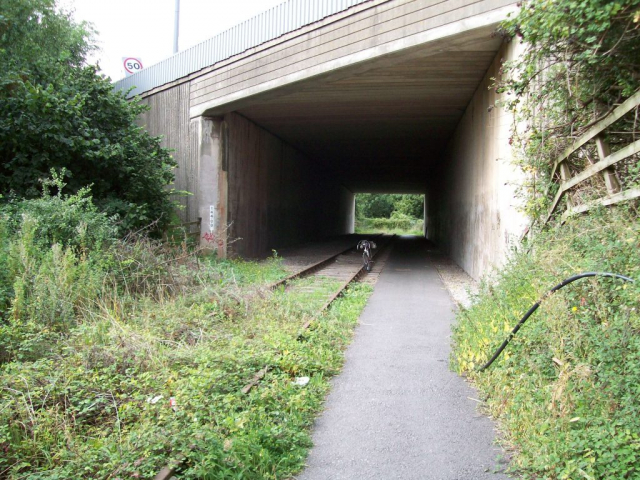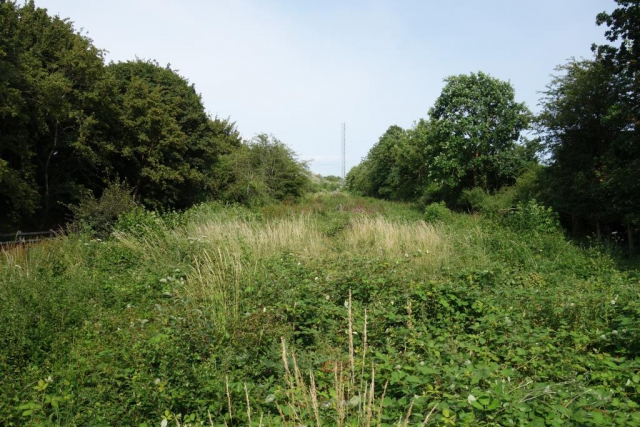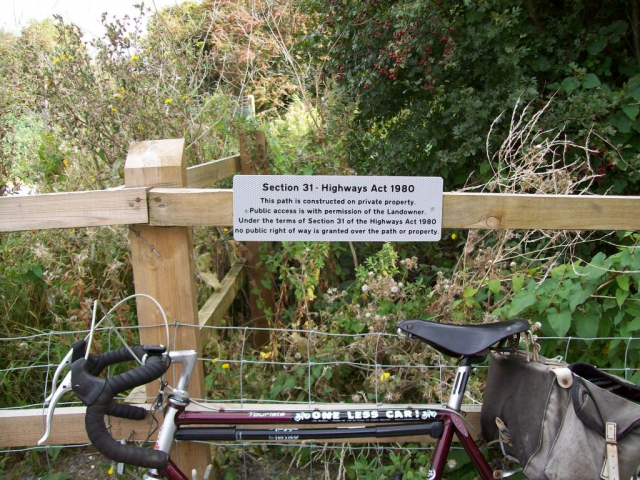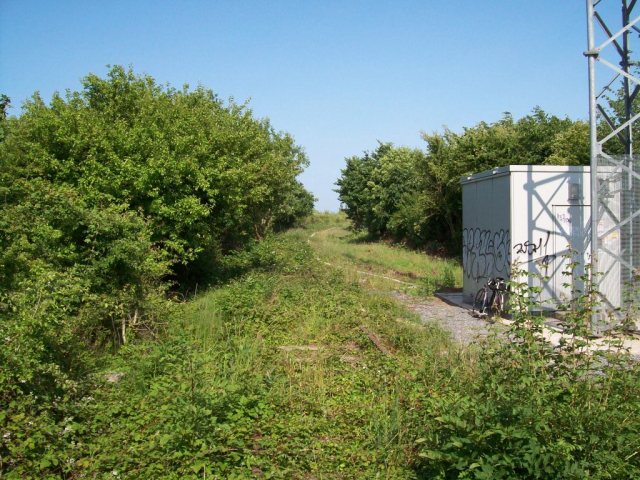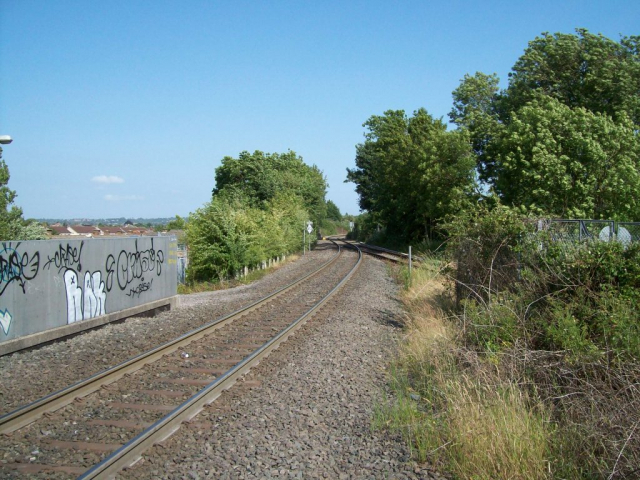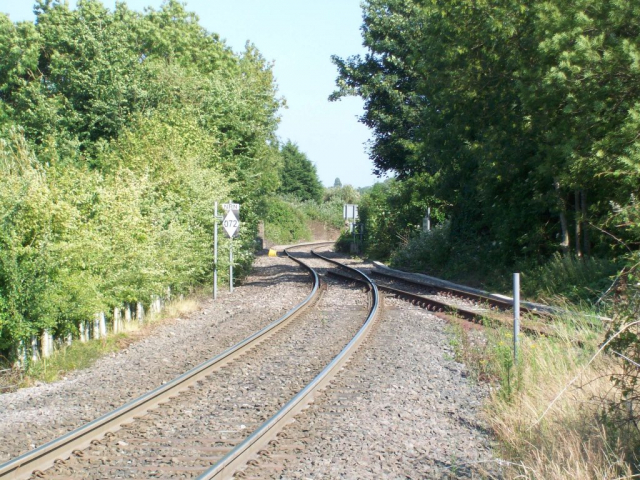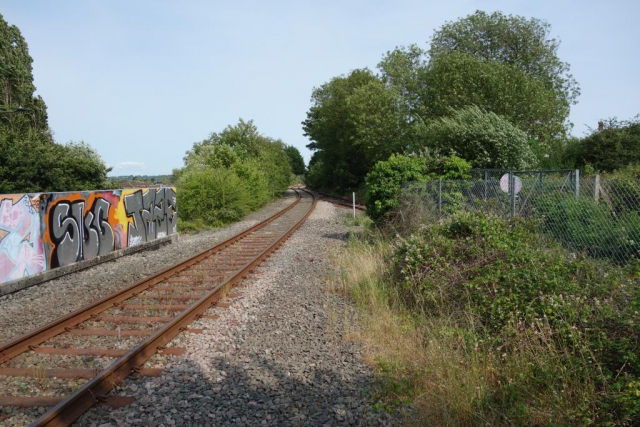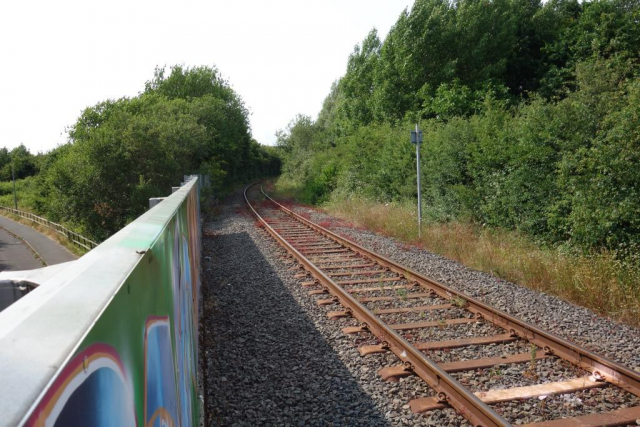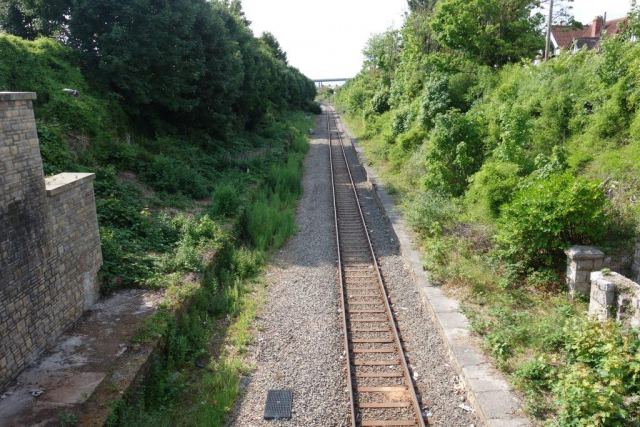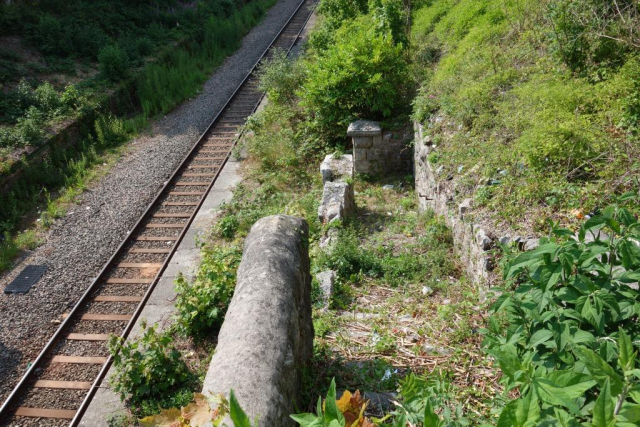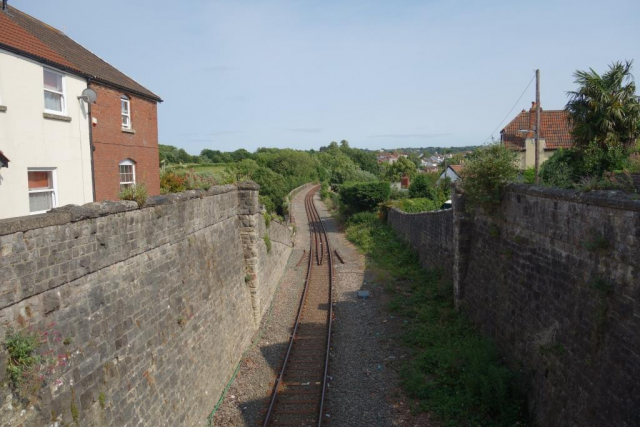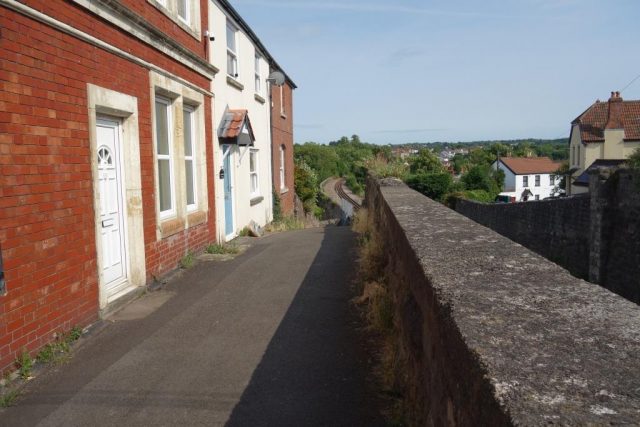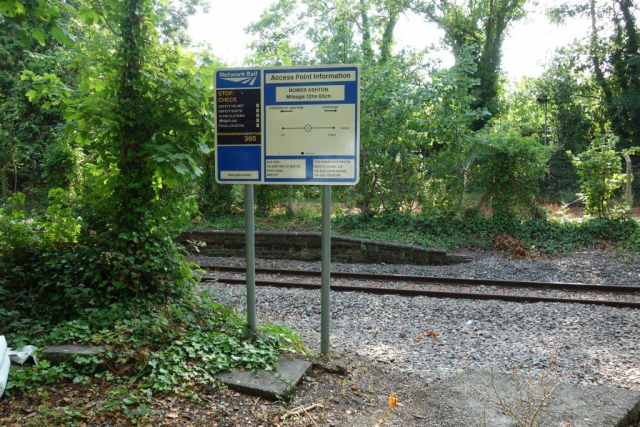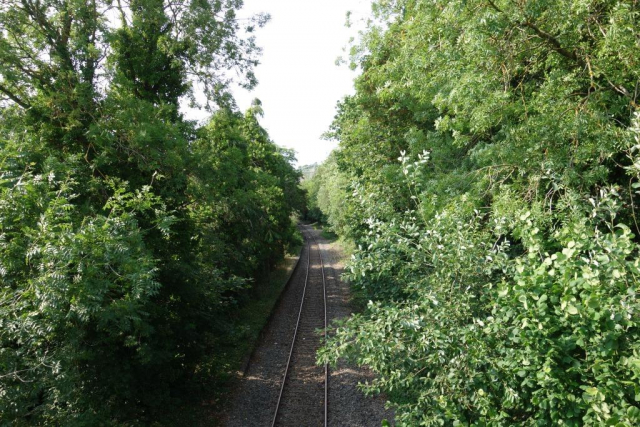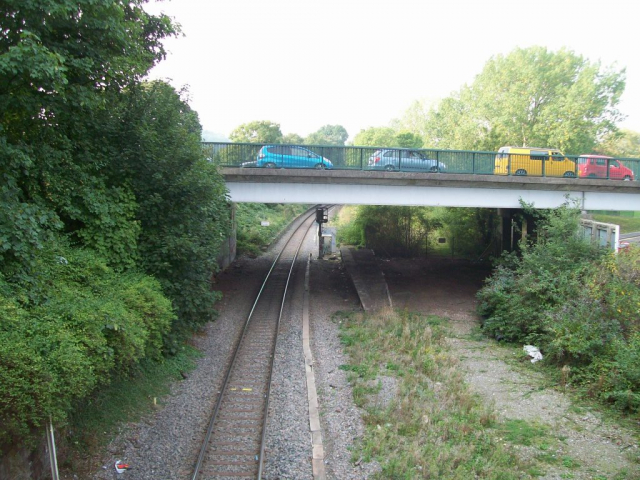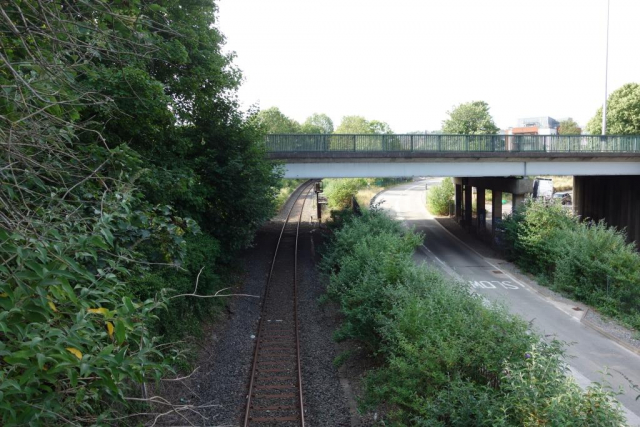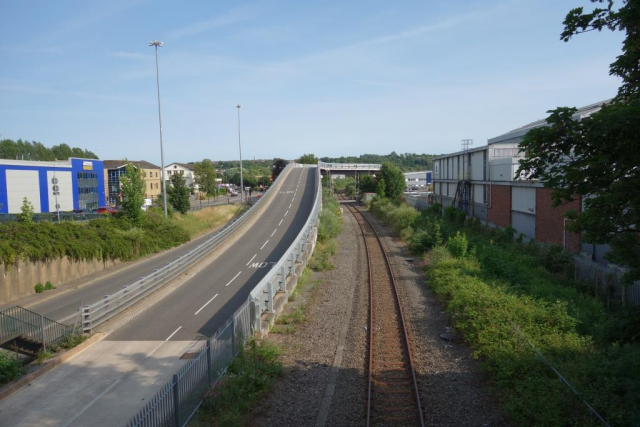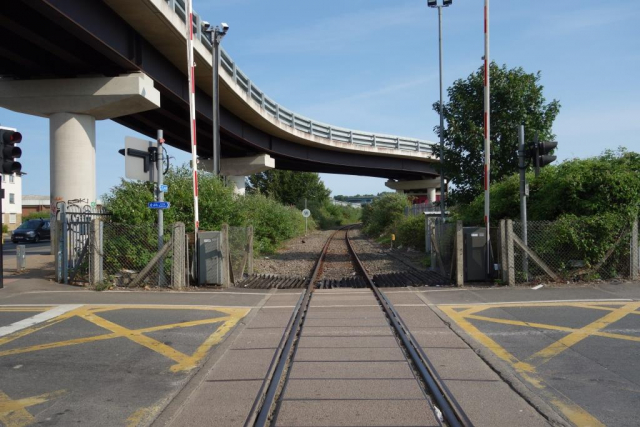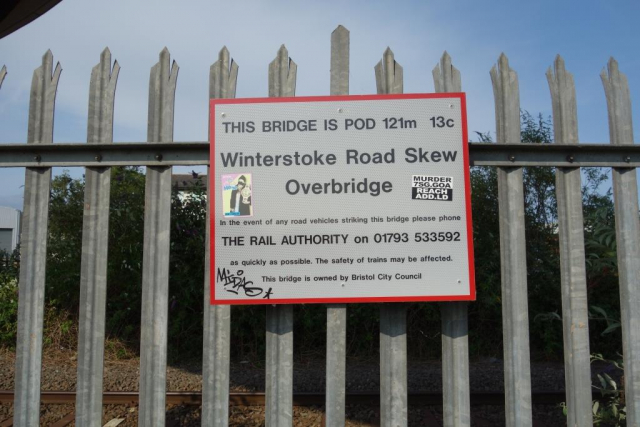The scout rolled up to St. David’s in good time for the 0852 to Cardiff, only to find, after carrying his bike over the footbridge, that the train was cancelled.
Announcements put it down to too few trains available but Realtime Trains was unclear: “This service was cancelled due to unknown cause (ZX).”
Like the previous week, the departure screen on platform one was out of order. Having no pocket timetable to consult (these, by DfT decree, are not printed), he carried his bike across to the middle platform, where two chaps lurked at an enquiry desk. One was able to advise that there would be no advantage in going to Bristol and returning to Yatton. The scout had decided for several reasons not to ride from Bristol
A cubicle in the gents was taped “out of order,” which could almost have been expected. The scout finds the station where he once worked an utterly depressing sight.
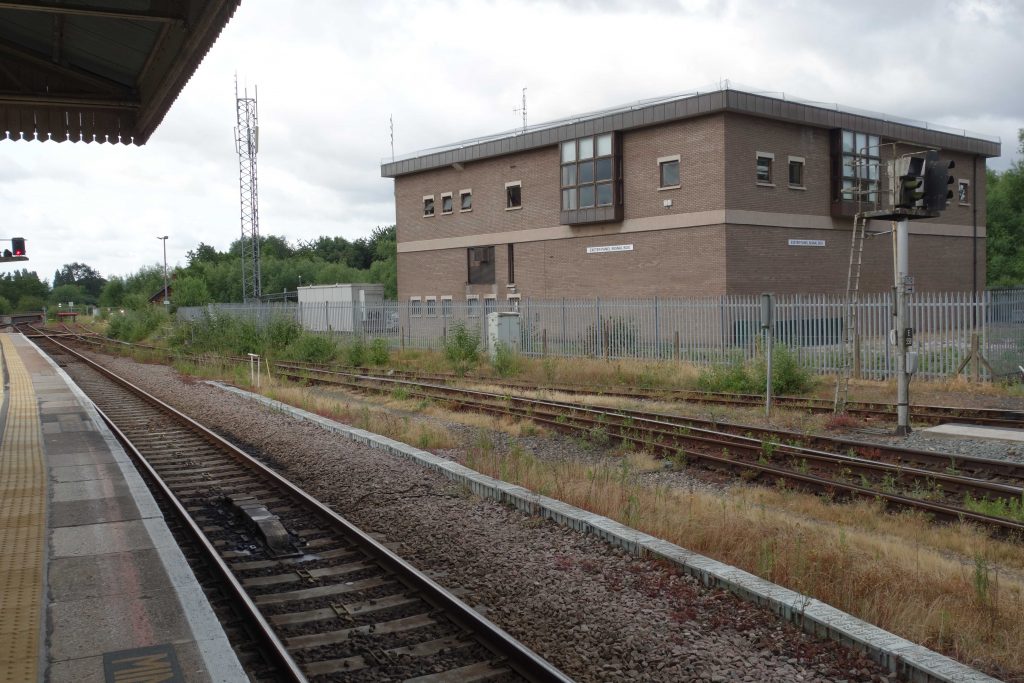
It was deathly quiet until passengers started arriving for the London. The scout let this go and caught the Edinburgh as far as Taunton, preferring to wait for the next Cardiff stopper further up the line. Here, a member of staff was announcing from a handheld radio. He told the scout that the automated system had been out of order for six months.
An engineer’s train came from Fairwater and waited on the old Down Relief for a London to arrive on the old Down Main. Two locos were seen in Bridgwater yard on a nuclear flask train.
Eventually, the scout got to Yatton over an hour later than he had planned, time he could have spent usefully.
Yatton
Clevedon
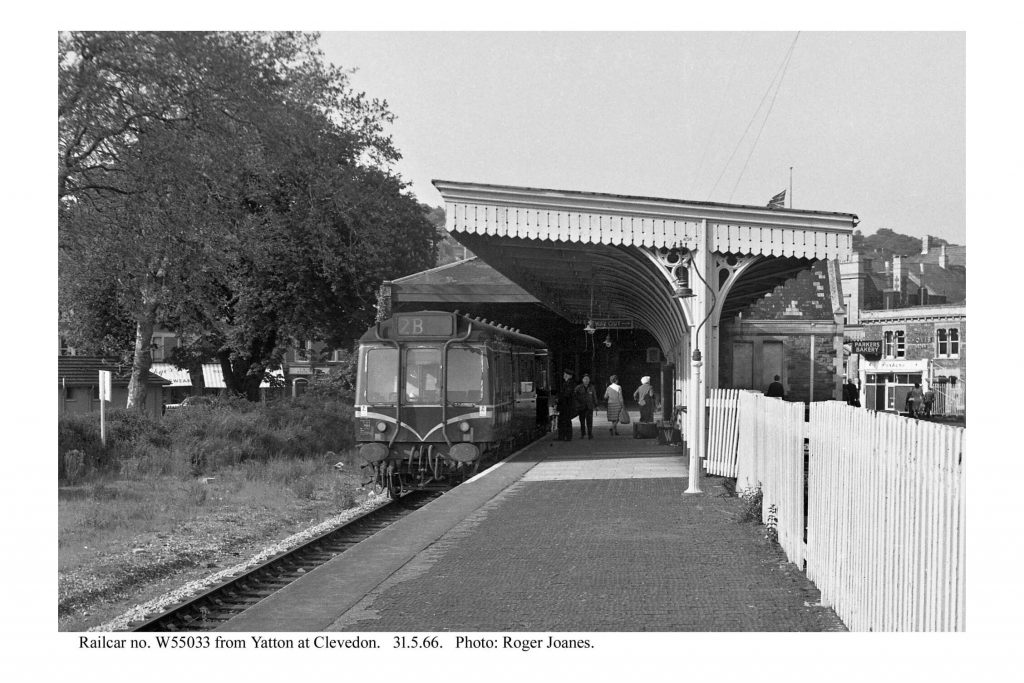
Copyright: Roger Joanes. Shared under Creative Commons. +
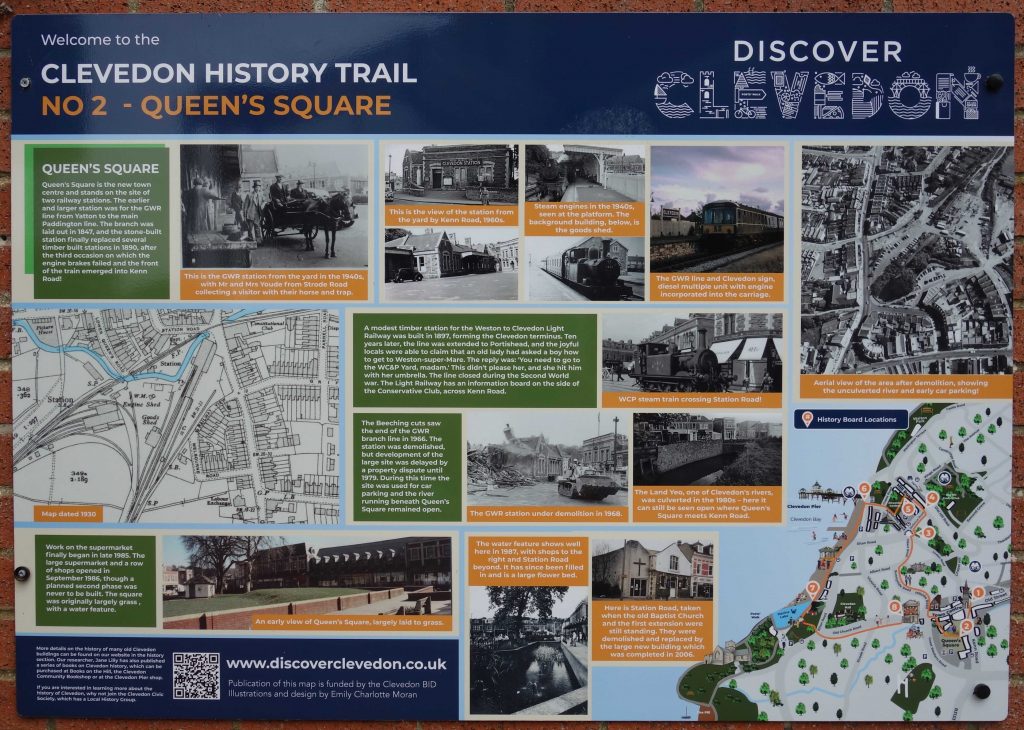
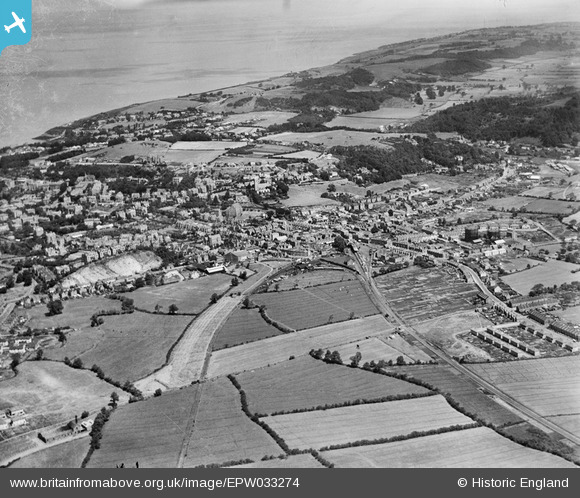

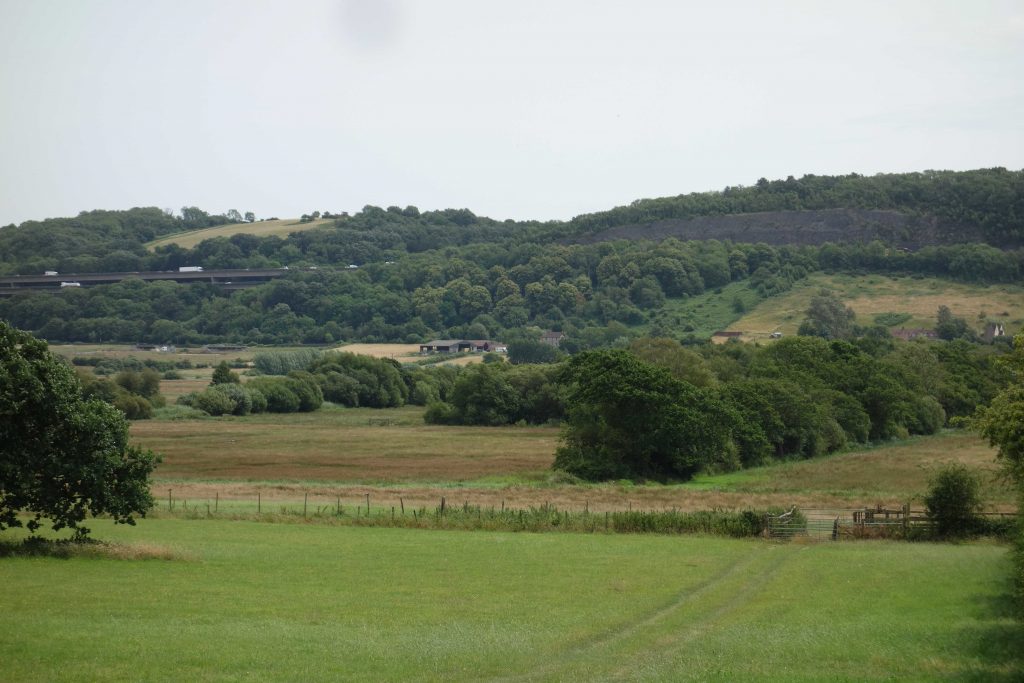
At left, vehicles can be seen on the split-level Wynhol Viaduct, built in 1973. +
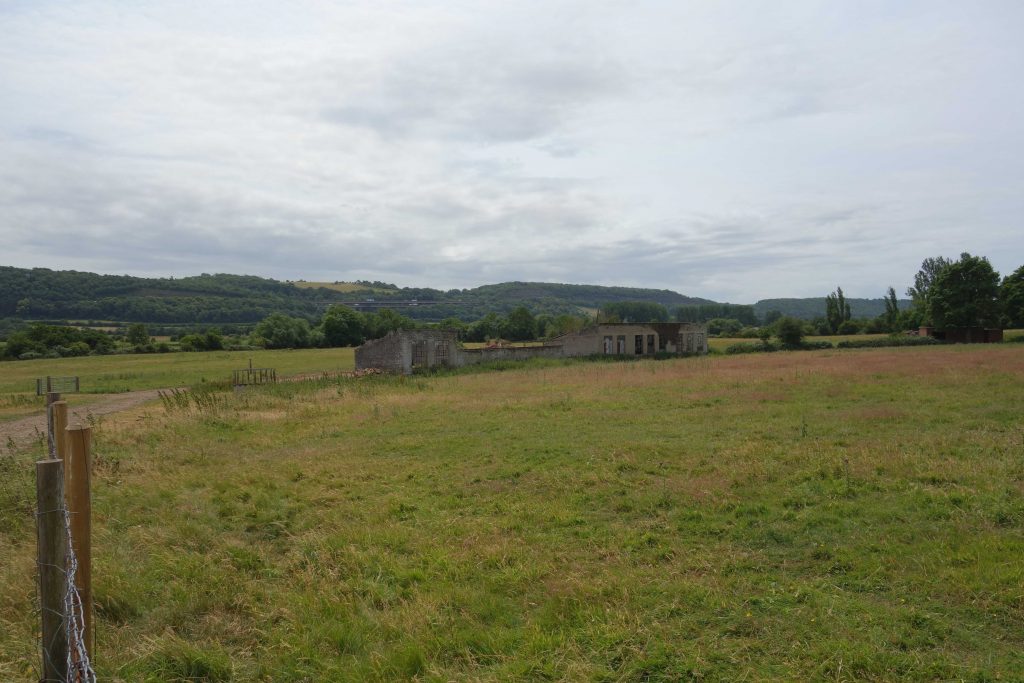
The constant drone of traffic on the motorway pervades the Gordano valley. +
Portishead
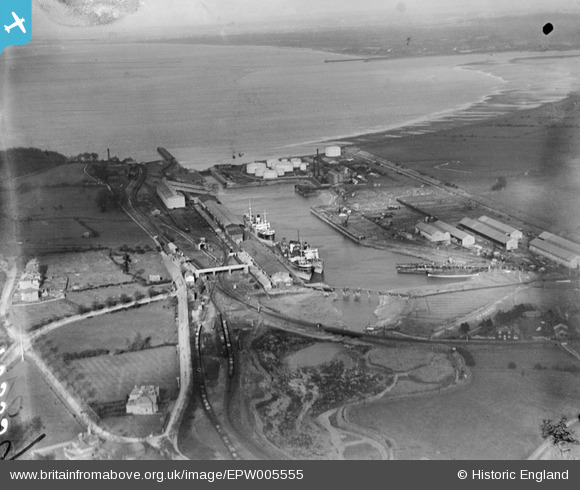
Portishead Station was sold to the C.E.G.B. to enable the construction of a new coal-fired power station. A new railway station was built on a site more convenient to the town.
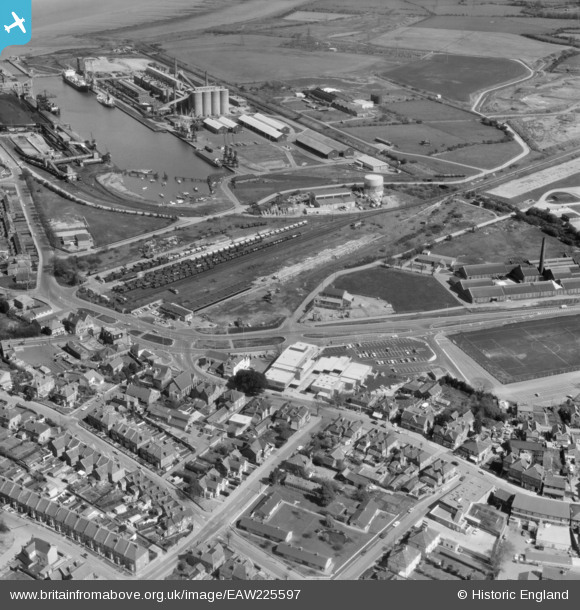
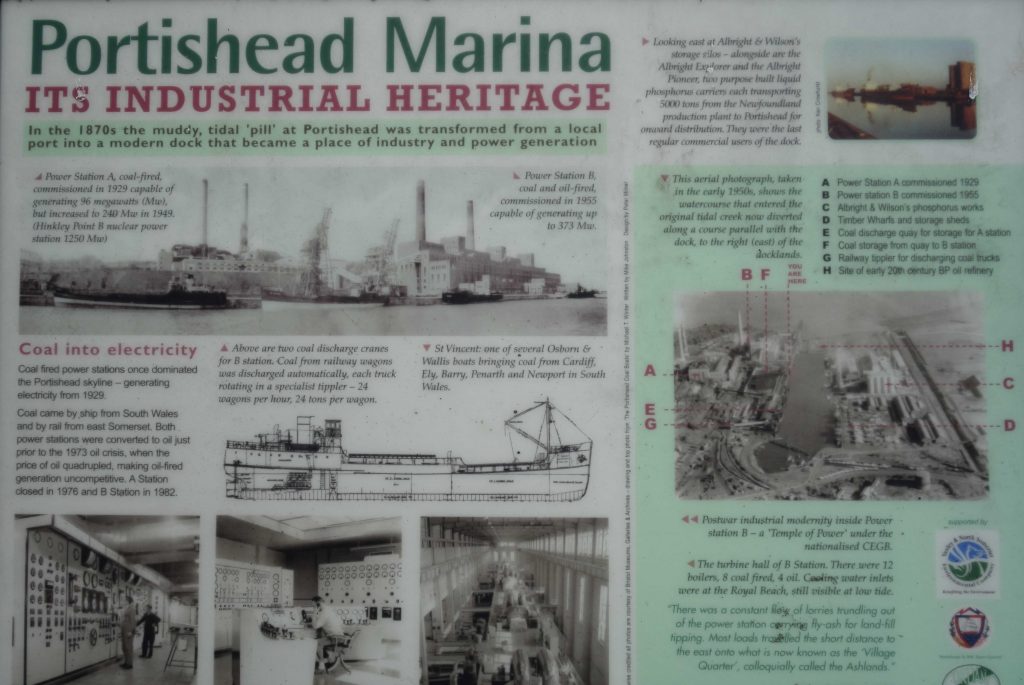
The scout went back into town in another vain search for a Co-op. He could not see any substitute on High Street and so returned to the Waitrose filling station, where he was issued with a wooden fork to go with his “clearance” boiled eggs. He then made his way along the marina to the pier. Not many people get this far and so the scout was able to eat his lunch in peace, gazing out over the Mouth of the Severn.
When he had finished the small can of rather strong India Pale Ale, which he had paired with his bacon and brie sandwich, he read the blurb and was gladdened to see the warning: “Alcohol reduces driving ability, don’t drink & drive. Don’t be a dumbass.”
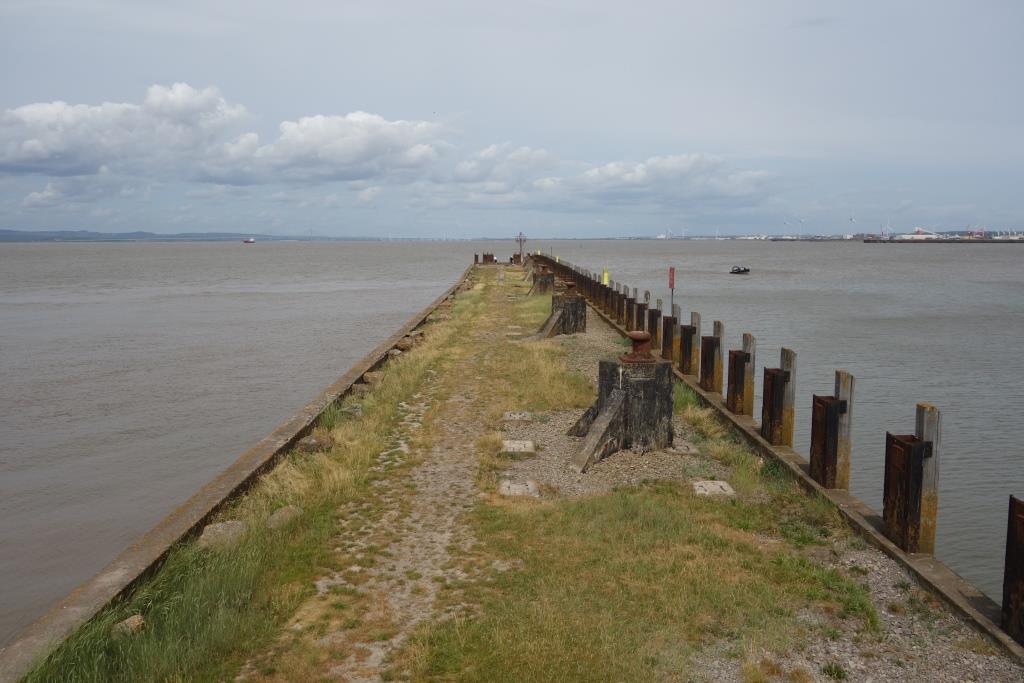
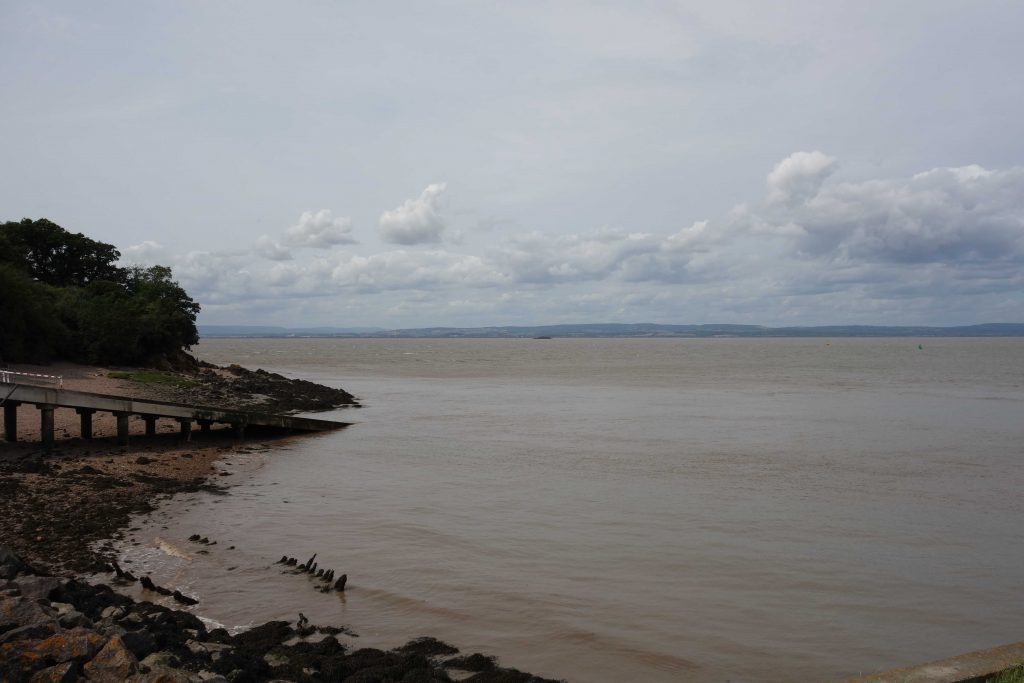
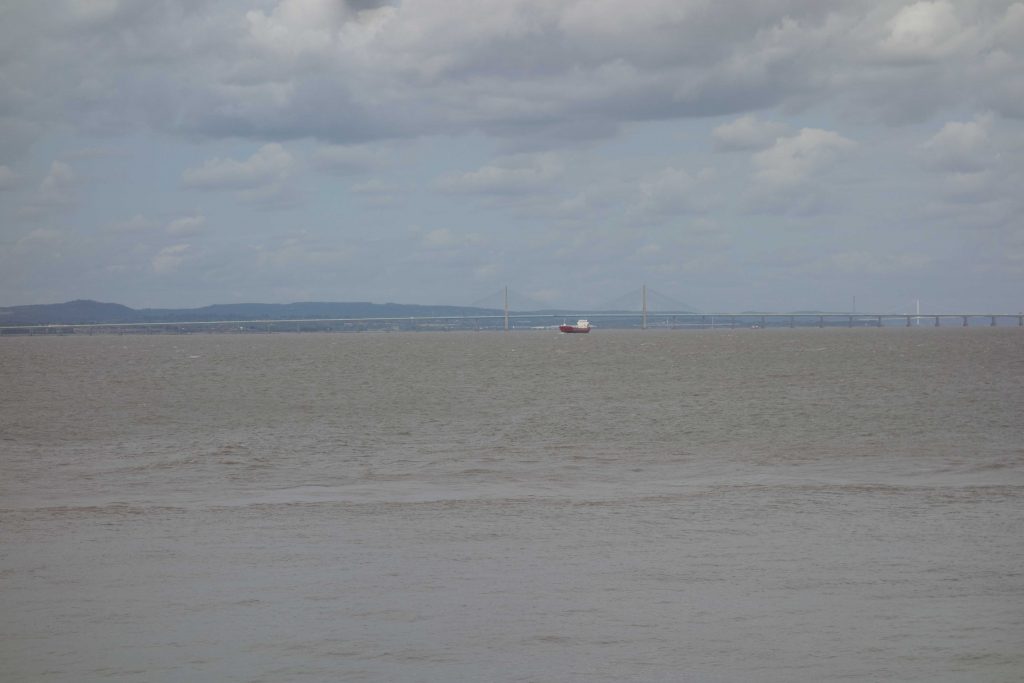
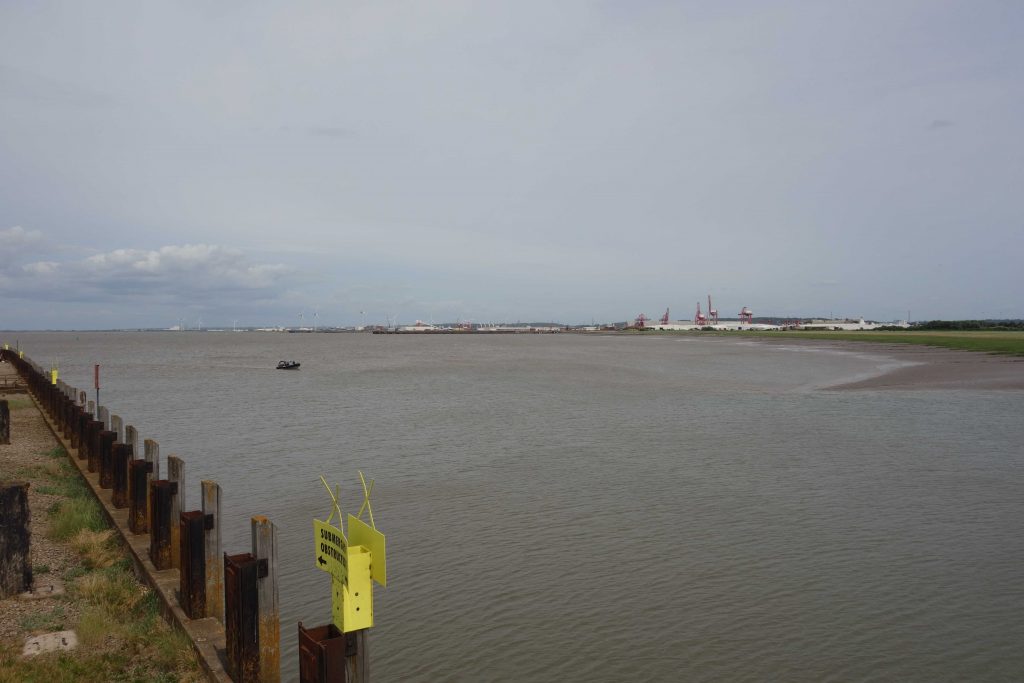
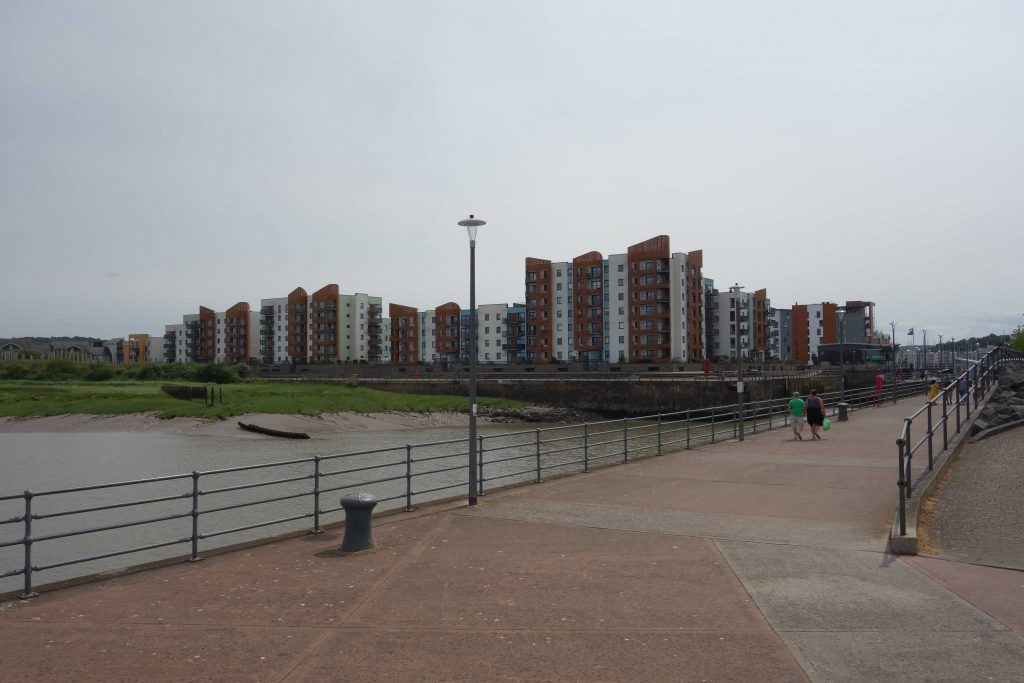
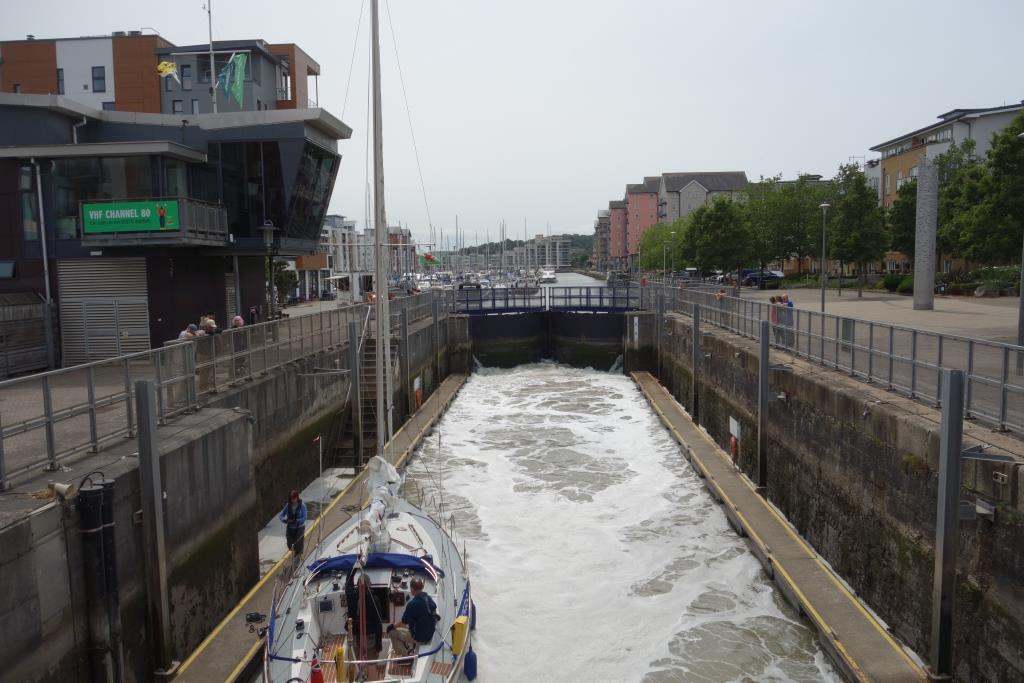
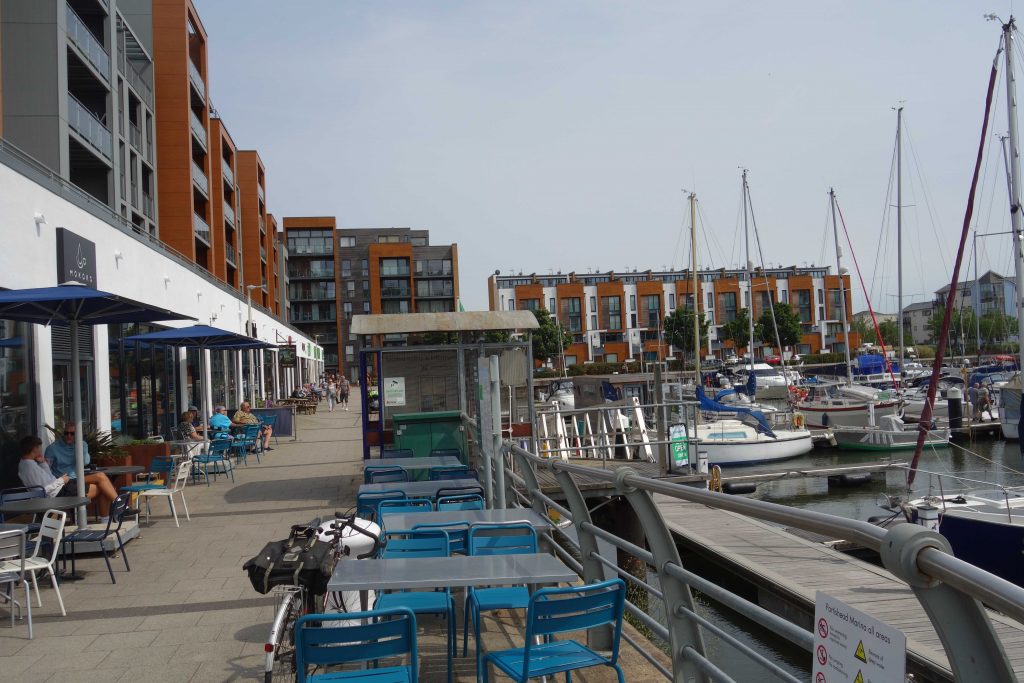
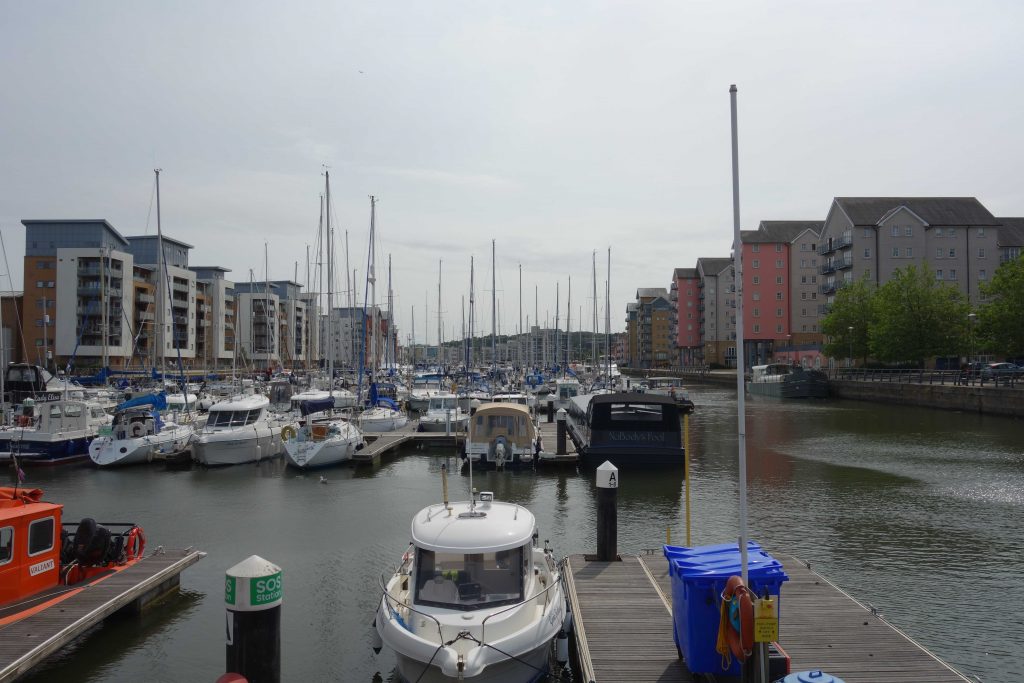
Now feeling the hour lost in the morning, the scout decided it was time to start following the branch to Bristol.
Portbury
From the station, the scout went back along Sheepway and joined a circuitous path which skirts the vast compounds where imported cars are kept before being distributed. Although the branch is a double line formation, the path only joins the track to take advantage of the bridges.
The scout went to the water’s edge before going to the old station in Pill.
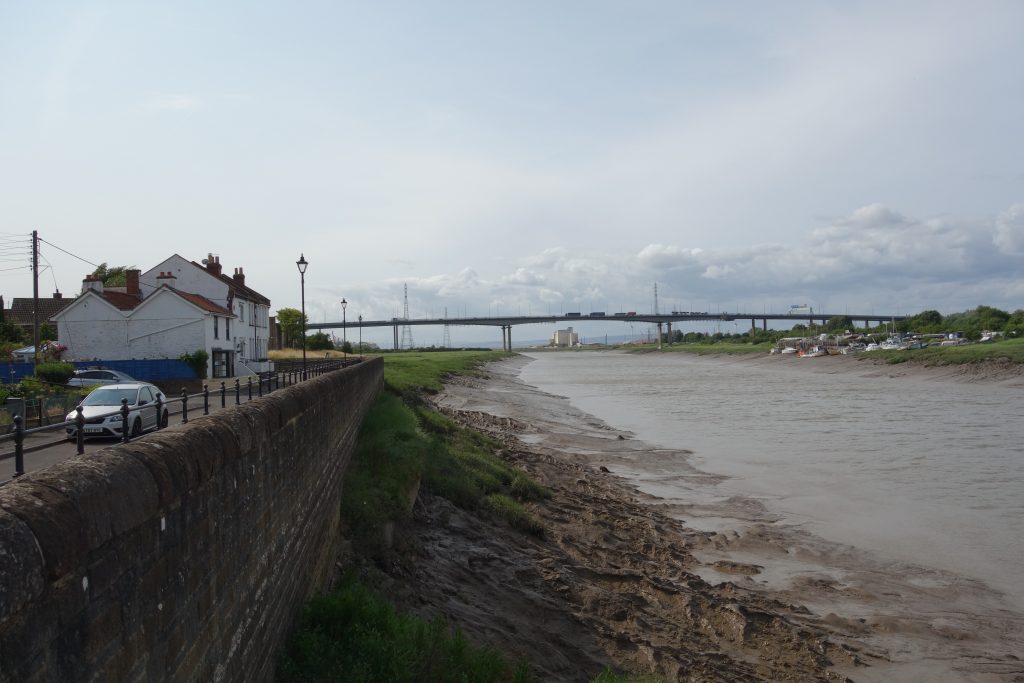
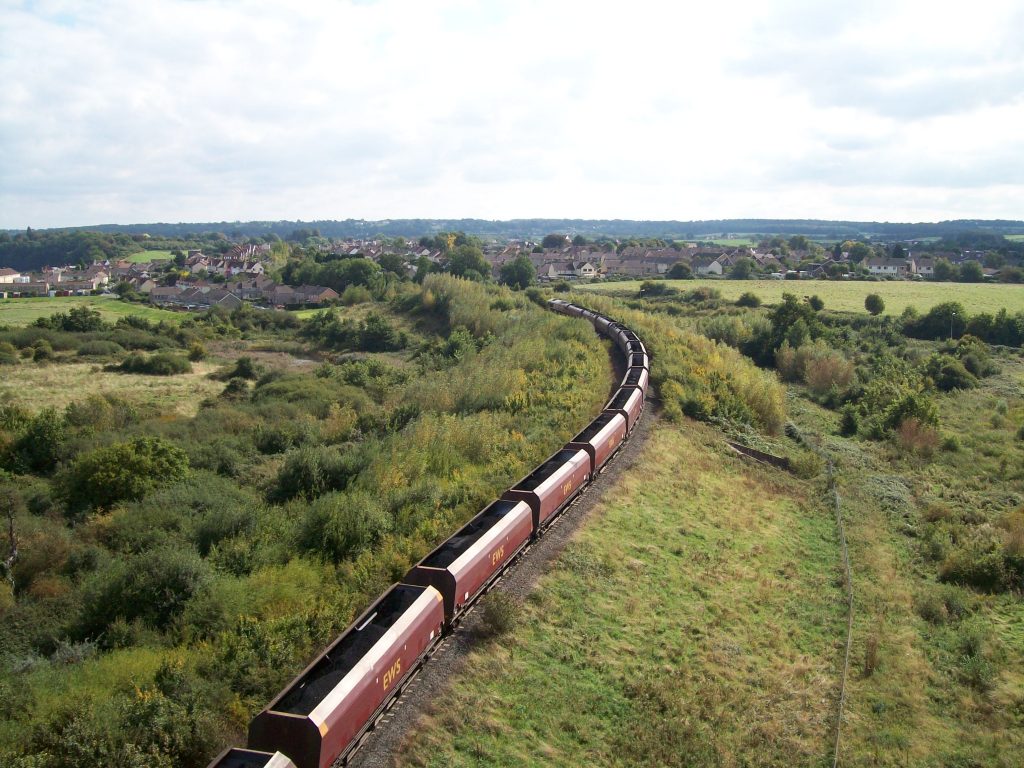
Pill
The scout forsook the riverside path and chose the main road to Bristol, thinking it would be easier for his mount and quicker. Rownham Hill was closed and the footpath perched above it was very rough. It brought him to the start of the gorge.
Clifton Bridge Station
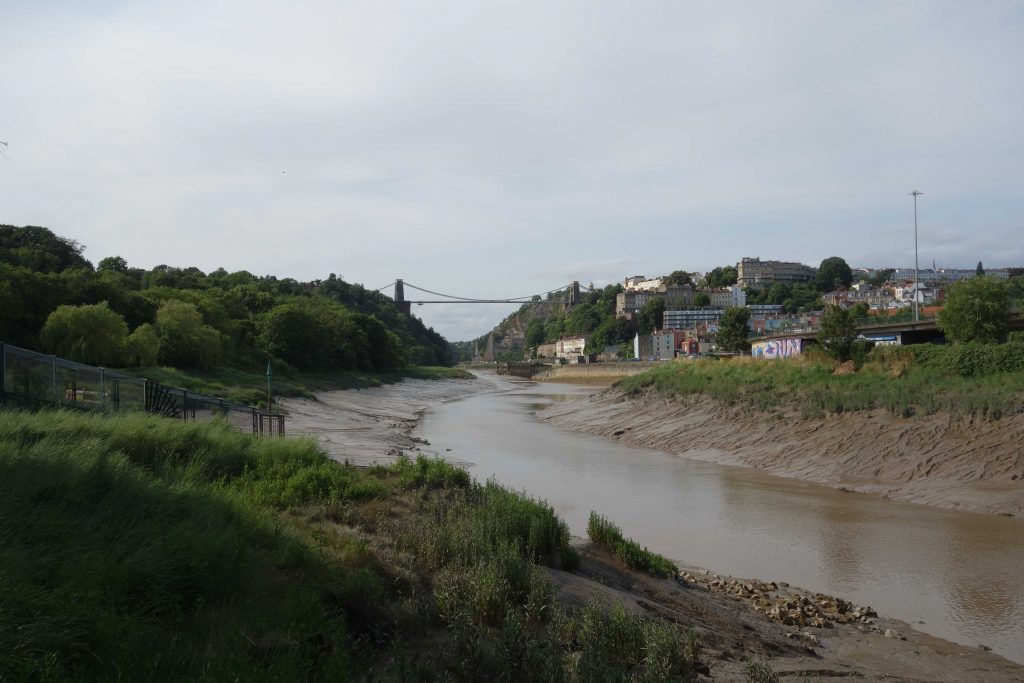
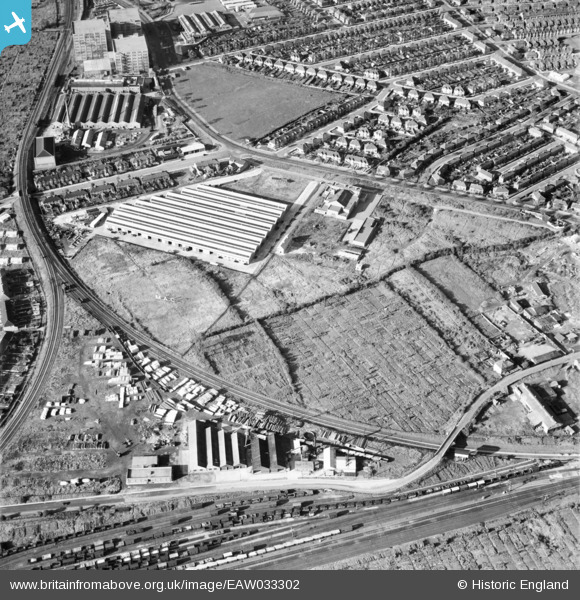
After leaving Ashton Gate, the scout made his way through the bedlam of Bristol to Temple Meads, not being sure at times where he was and then spotting places he knew. Coming upon the Avon, he could not go wrong.
When he returned to the utilicon in Exeter, he had clocked 38 miles.
The Portishead reopening project, whose soundness of purpose is surely beyond question, is being pushed by three local authorities as part of the MetroWest vision. Currently billed at more than £150-million, the scheme has been beset with difficulties, most of which in an earlier time would have not existed or would have been overcome without fuss.
Reinstating less than three miles of railway where the track was never taken up and the “right of way” never lost curiously qualified as a Nationally Significant Infrastructure Project, whereas Okehampton, needed to be the star of the “Reversing Beeching” diversion, did not. Government has approved Portishead but still the process of wading through the regulatory and procedural swamp continues.
What would happen under a different regime, or in a country less hidebound, or in a national emergency? If a “Colonel Stephens” were told to get on with it, and he had an army of highly-motivated men at his disposal, a slow but effective service could be running along the existing track, serving rudimentary platforms at Ashton, Pill and Portishead, within six weeks.

